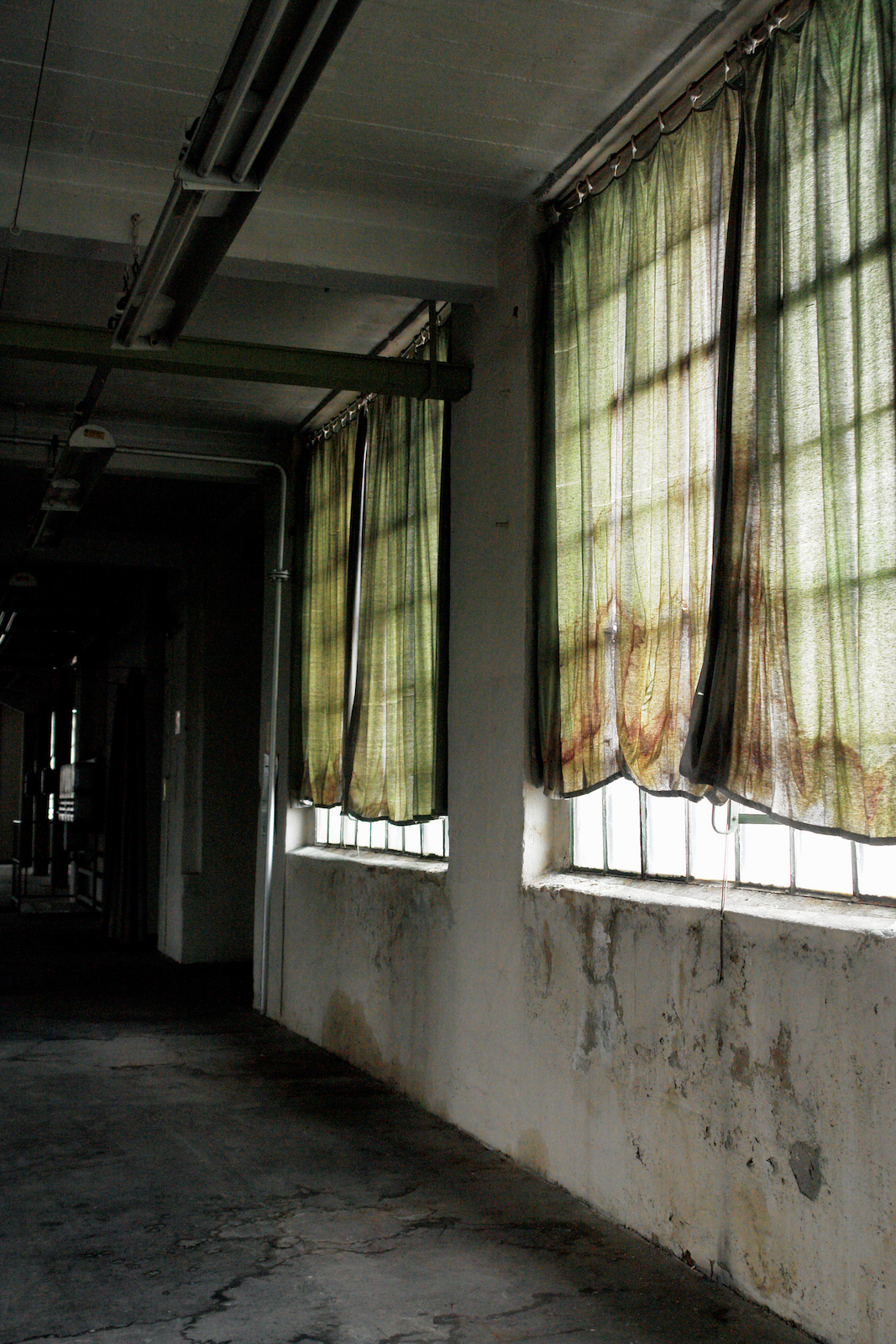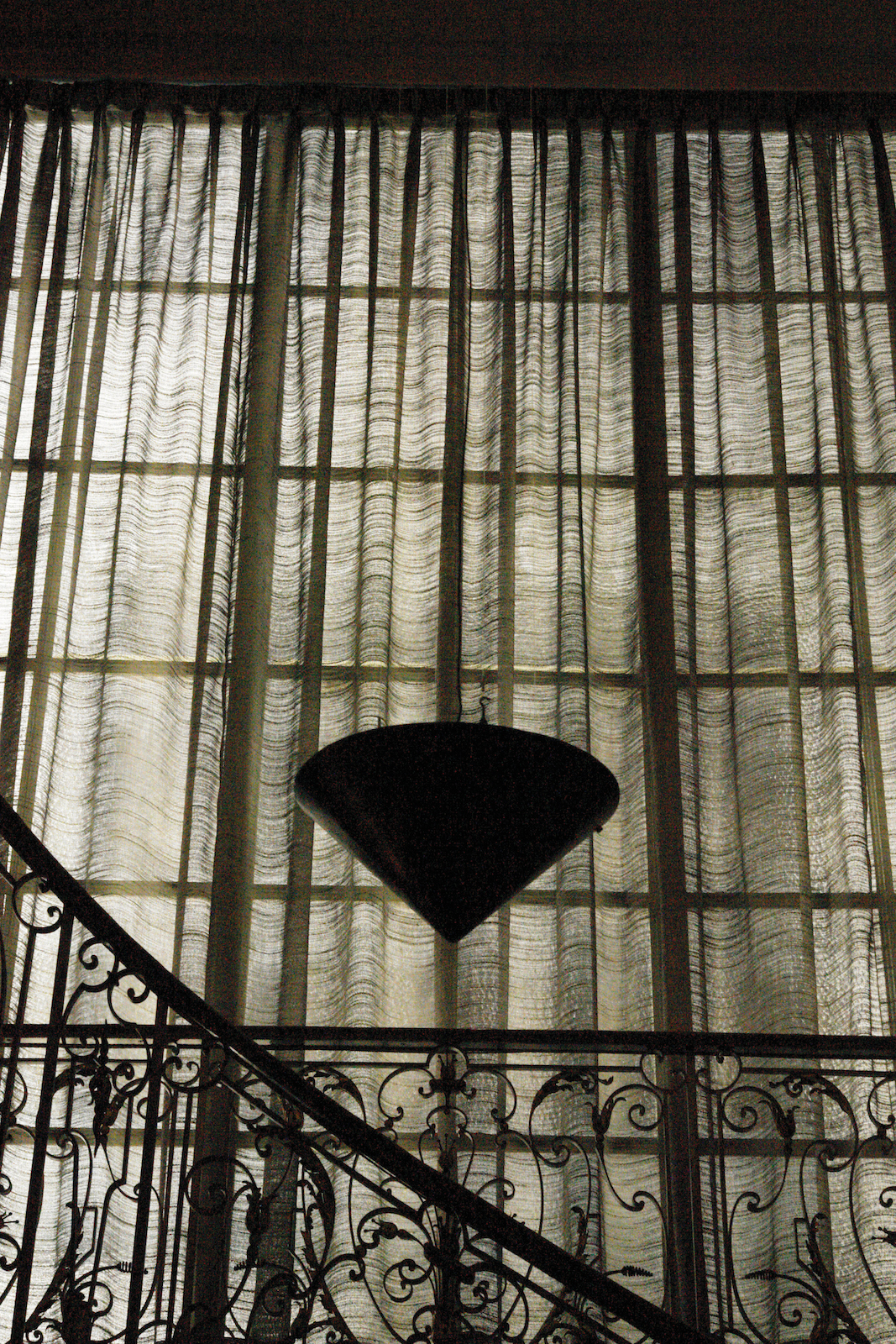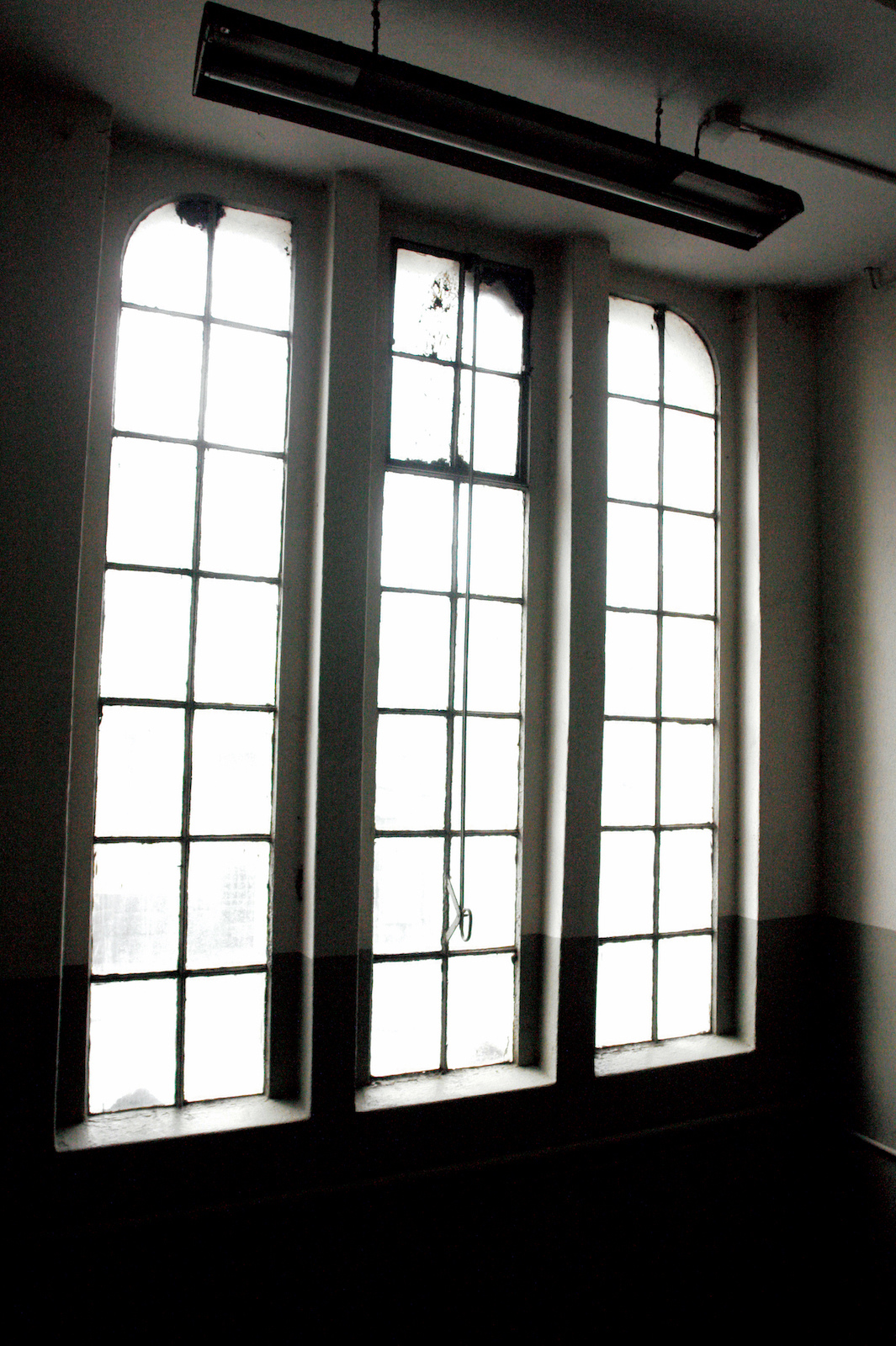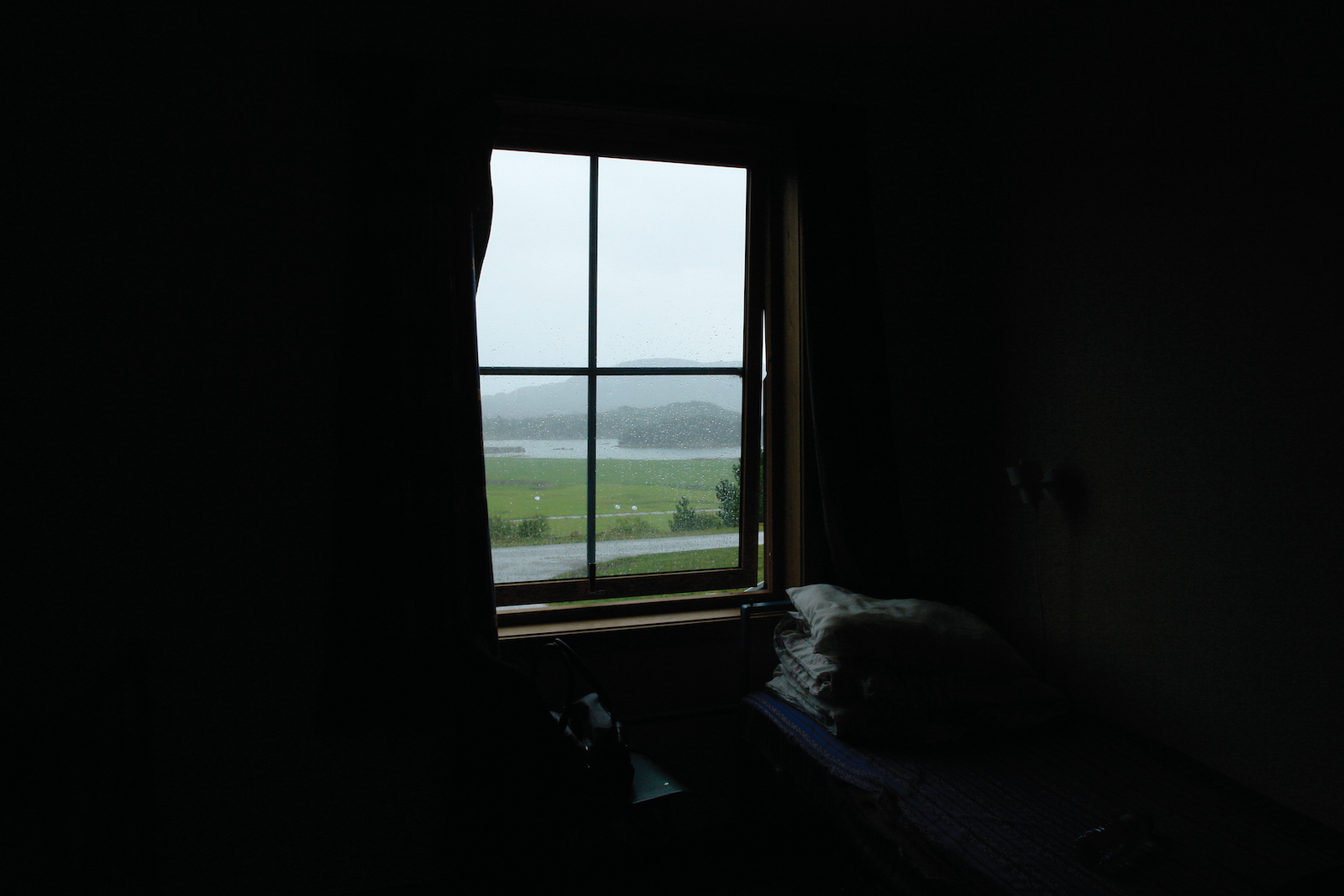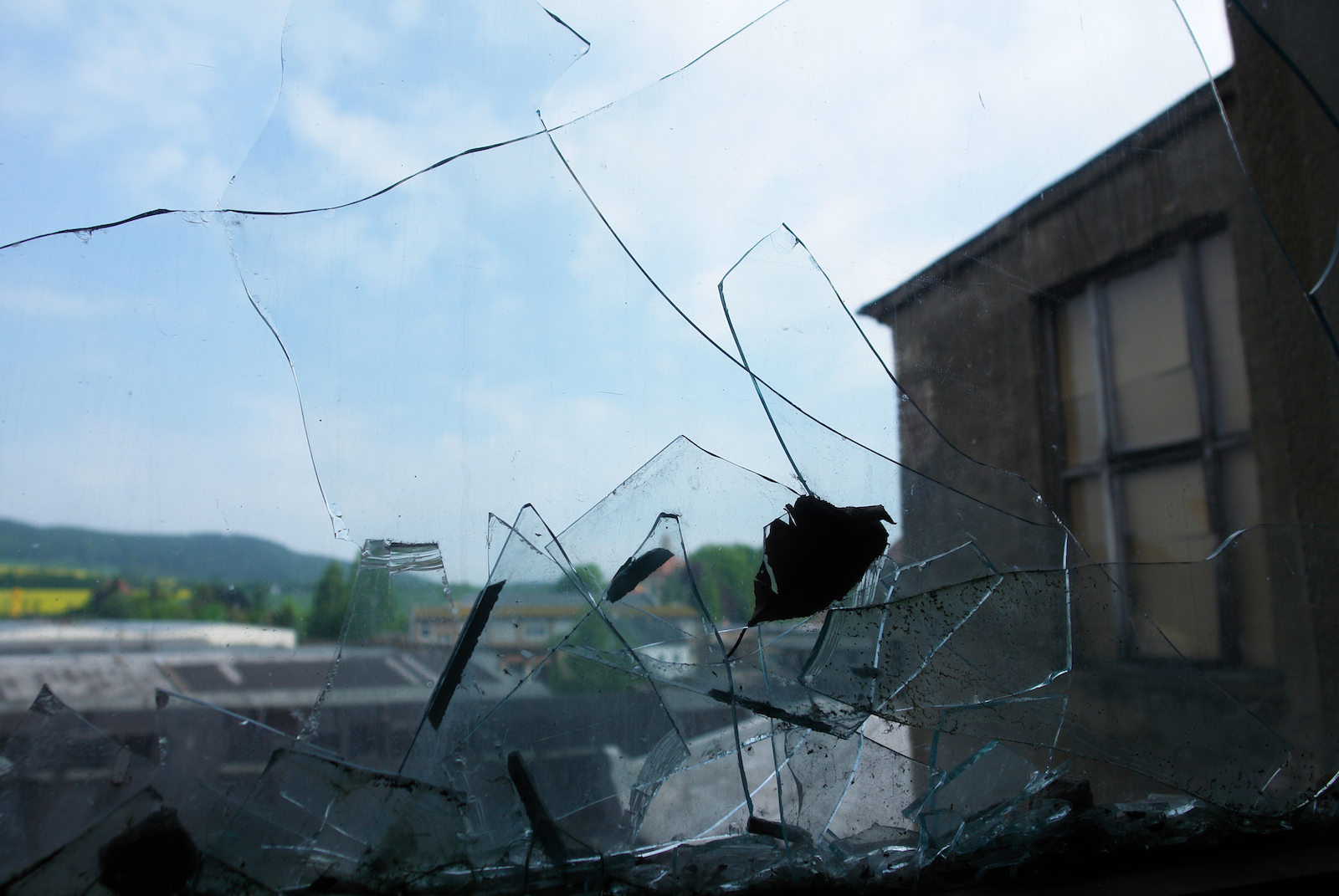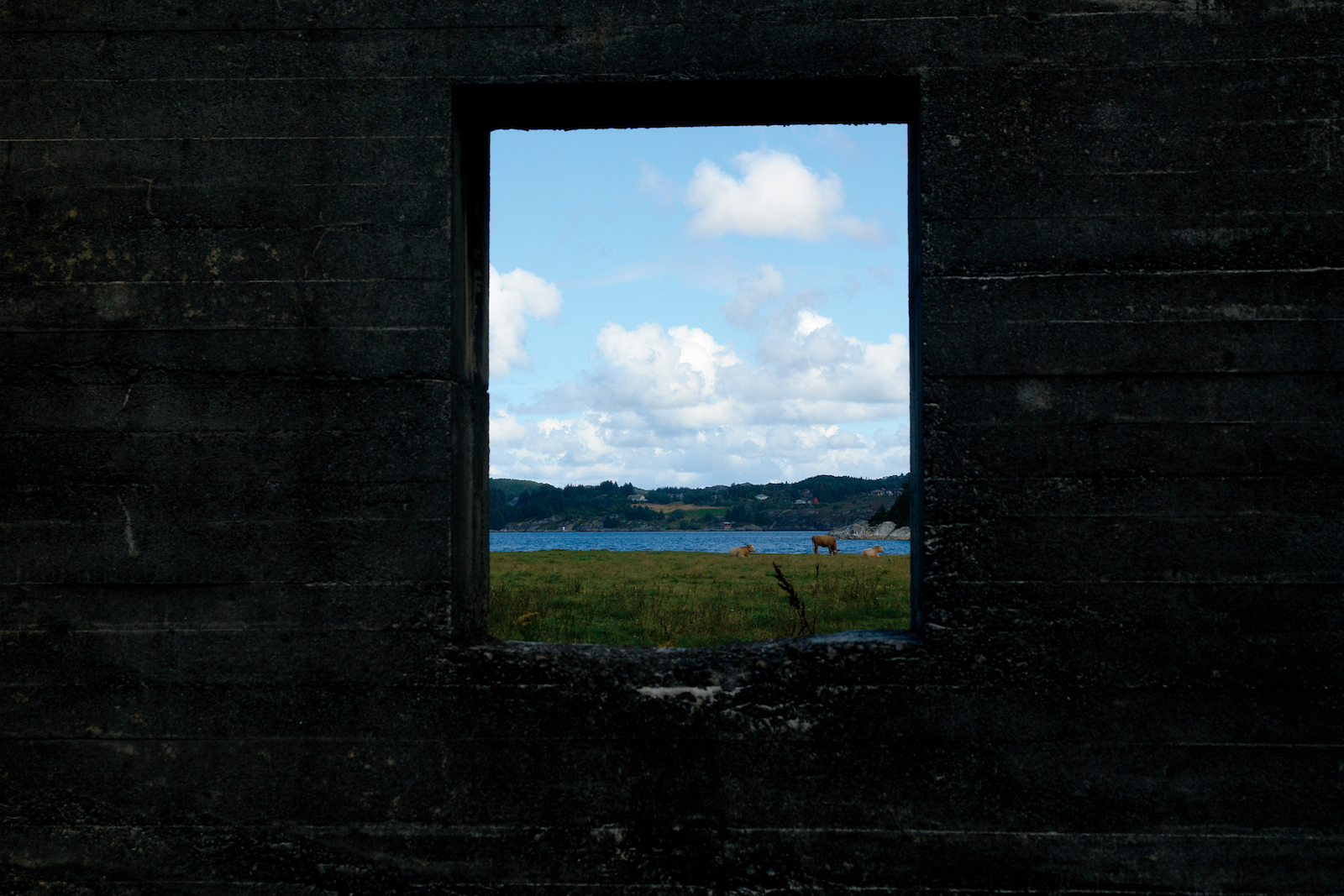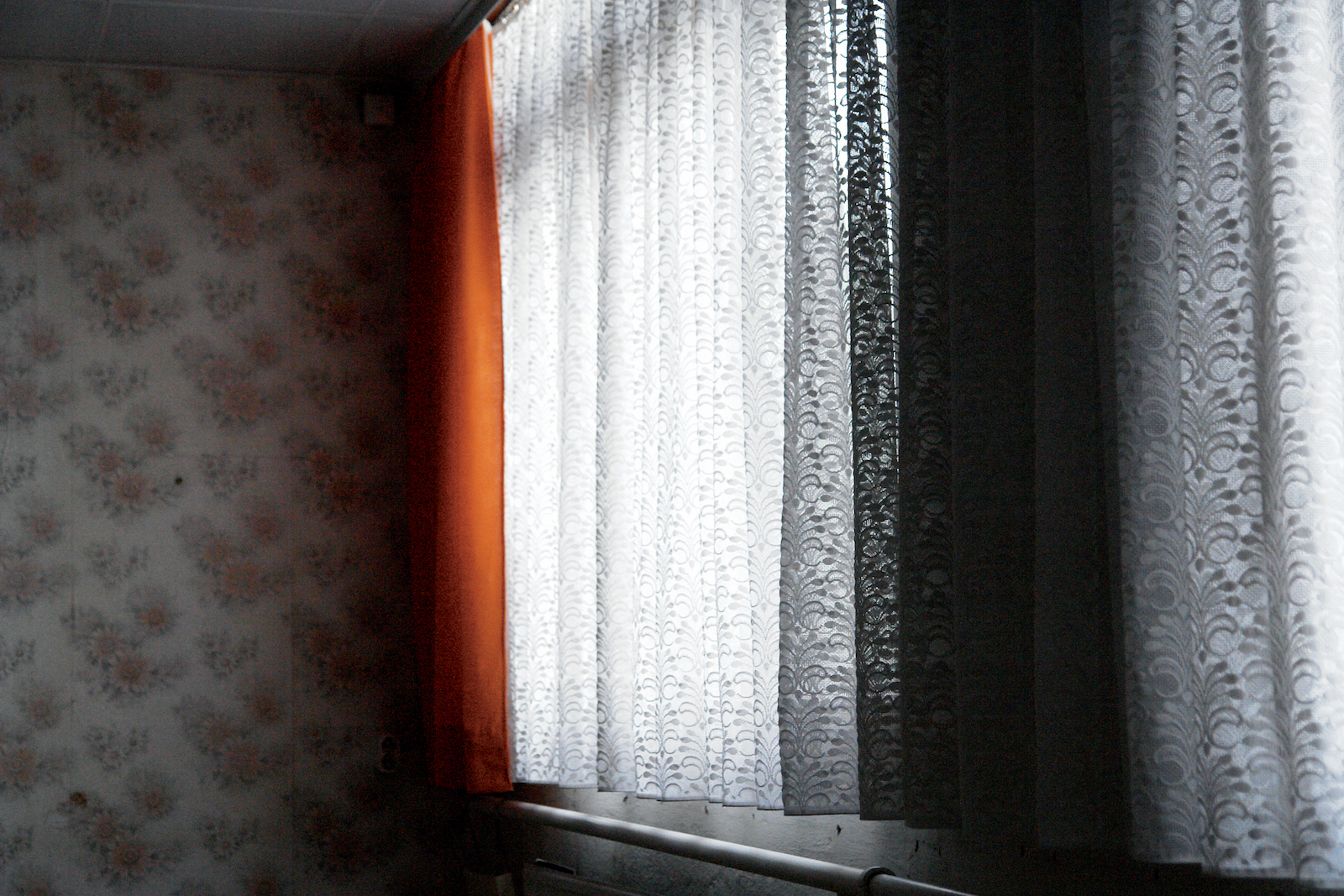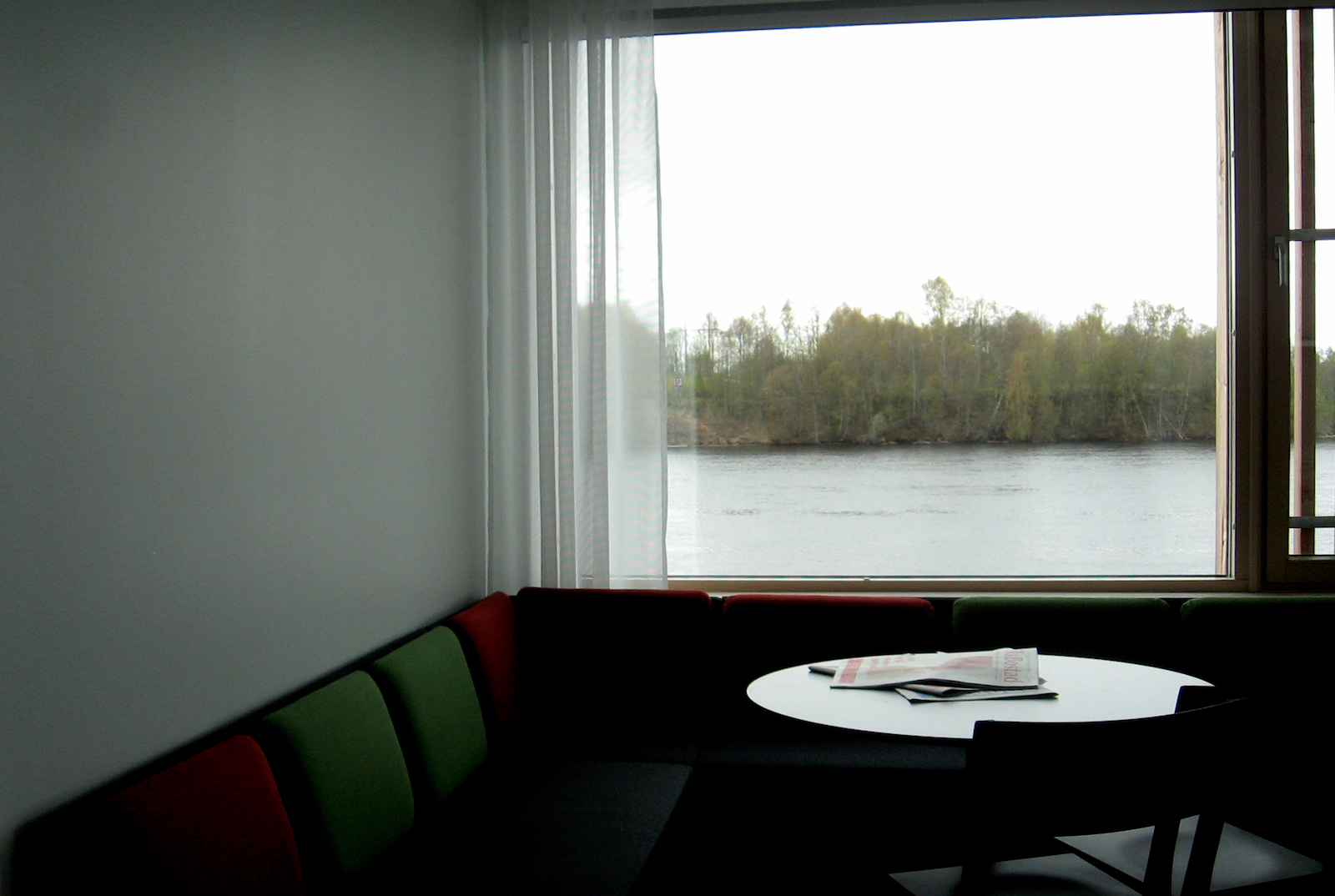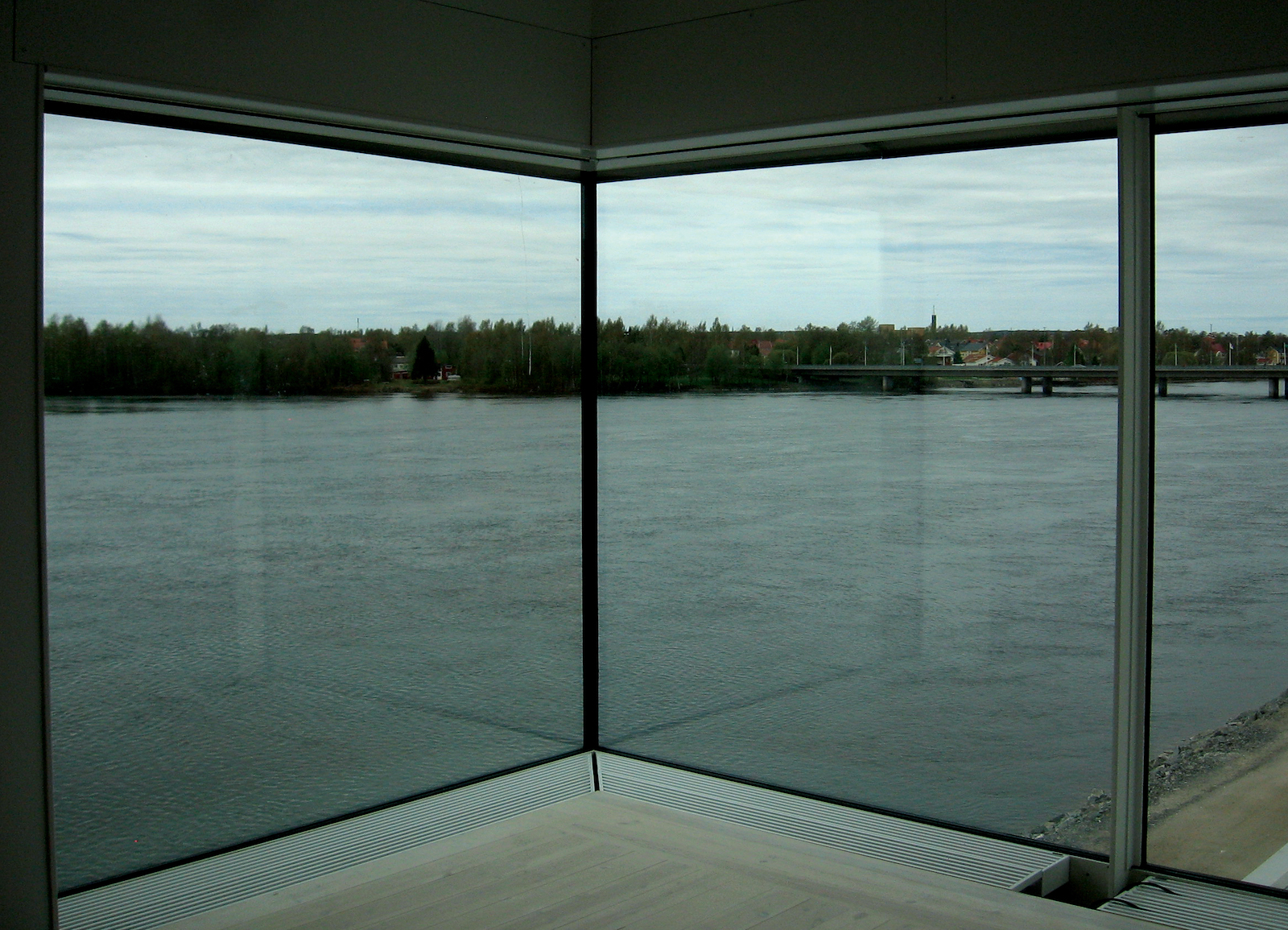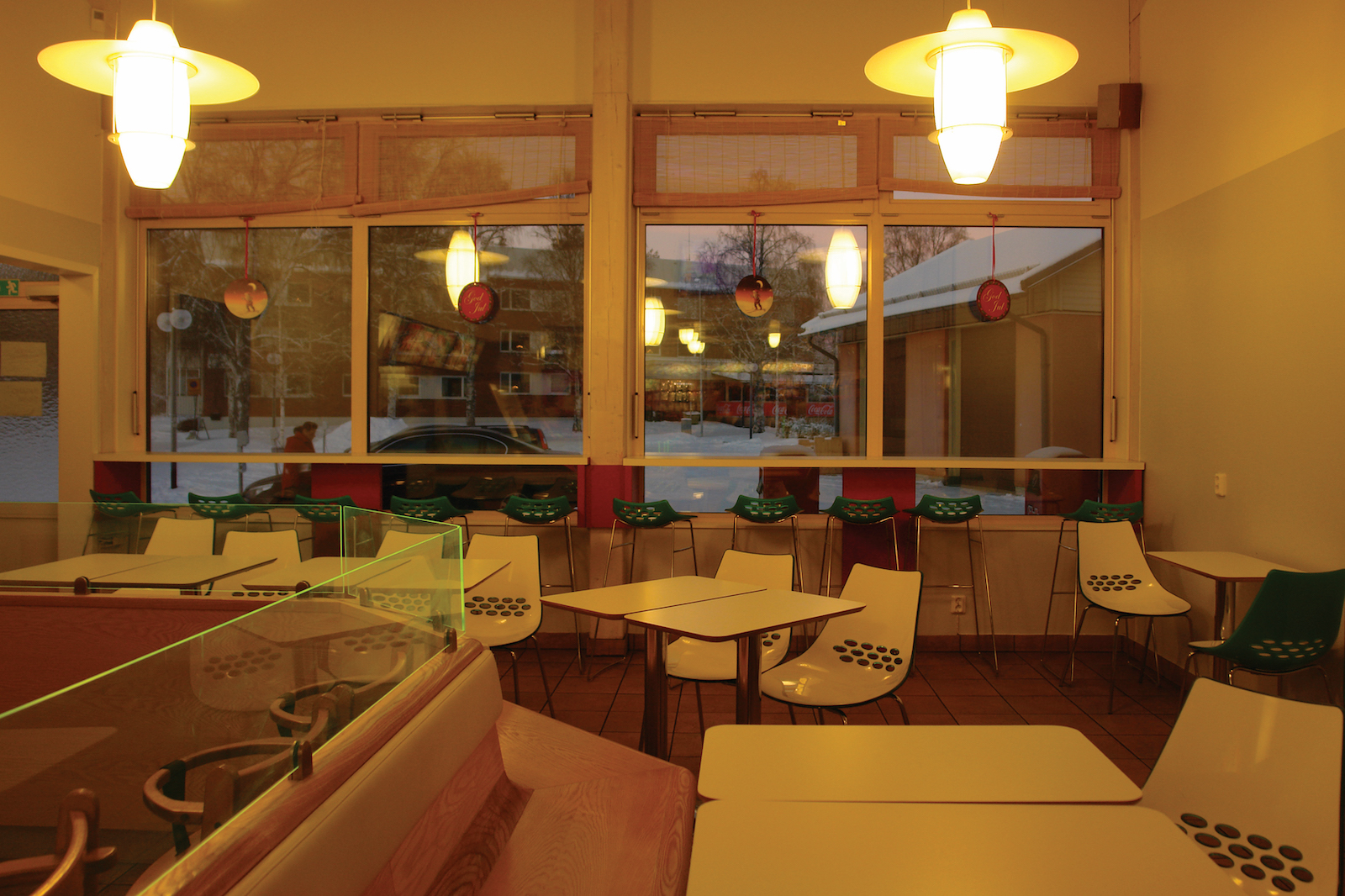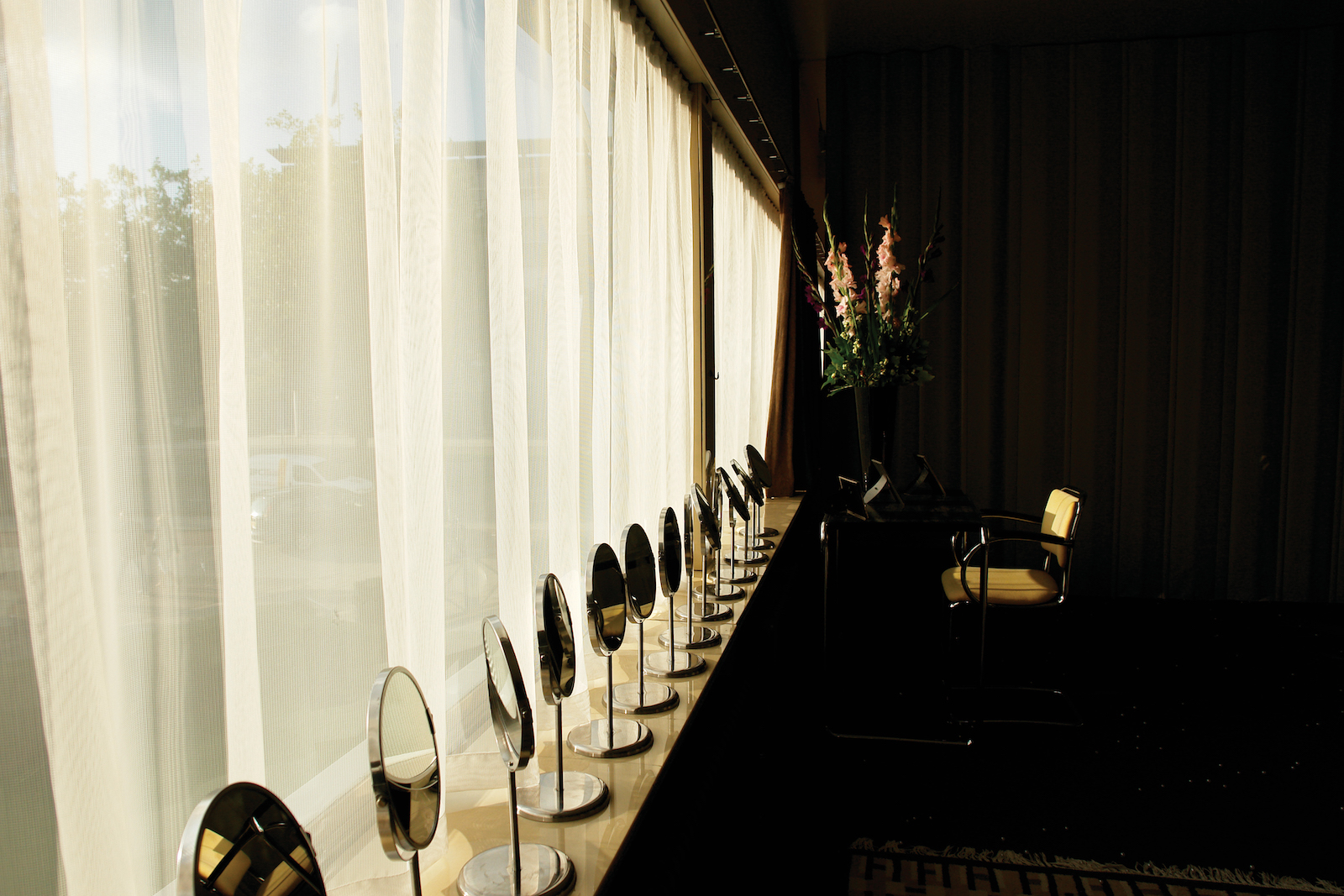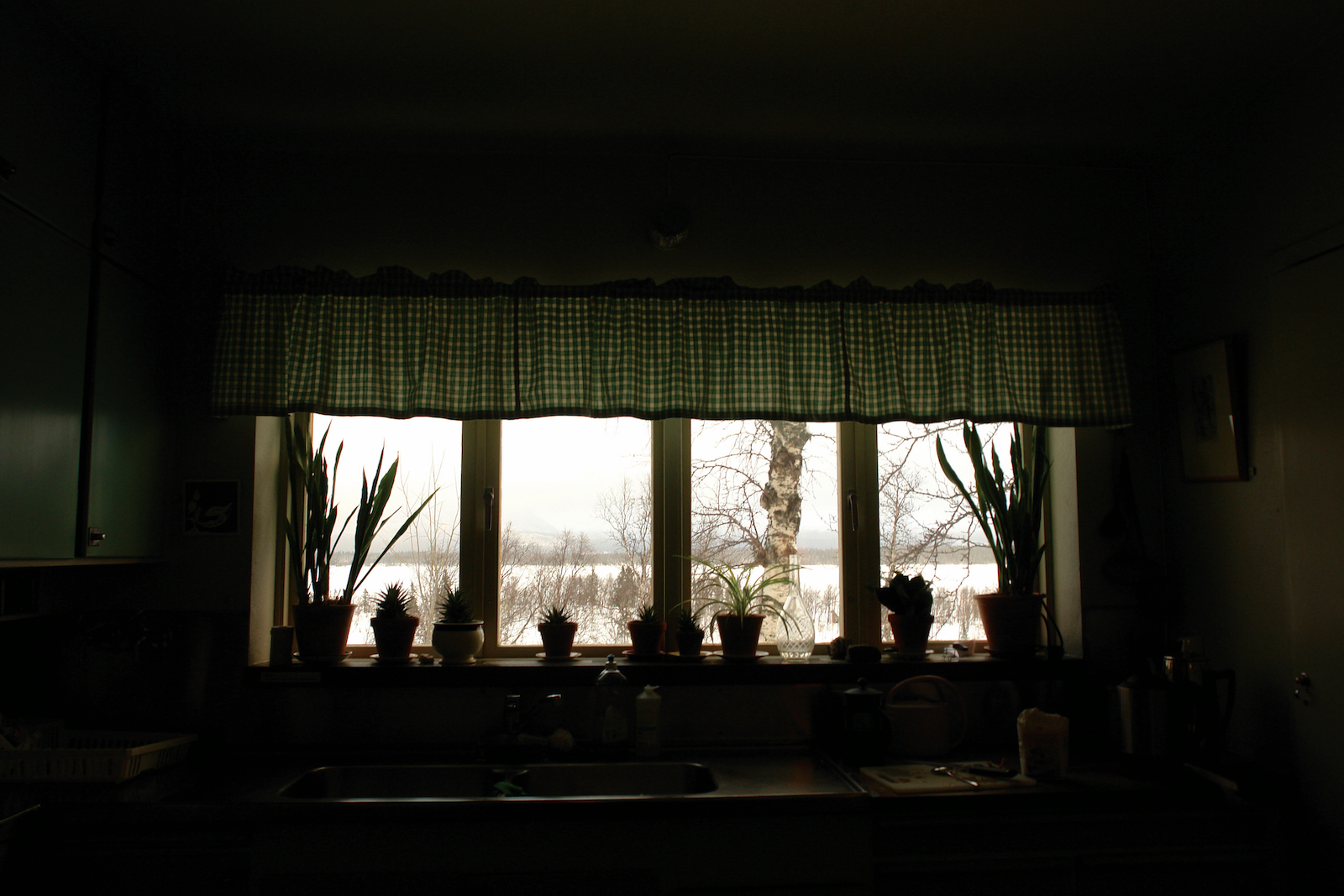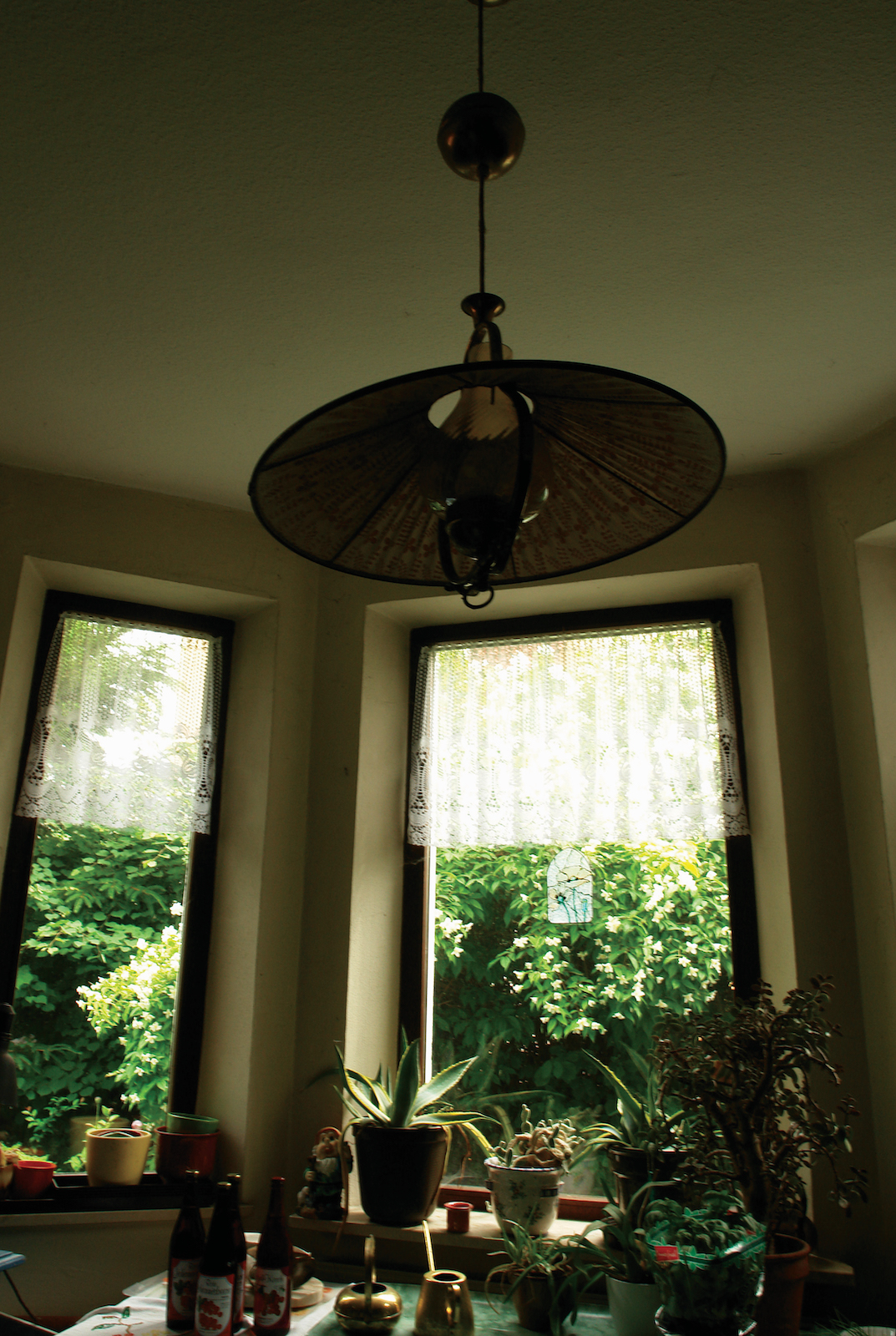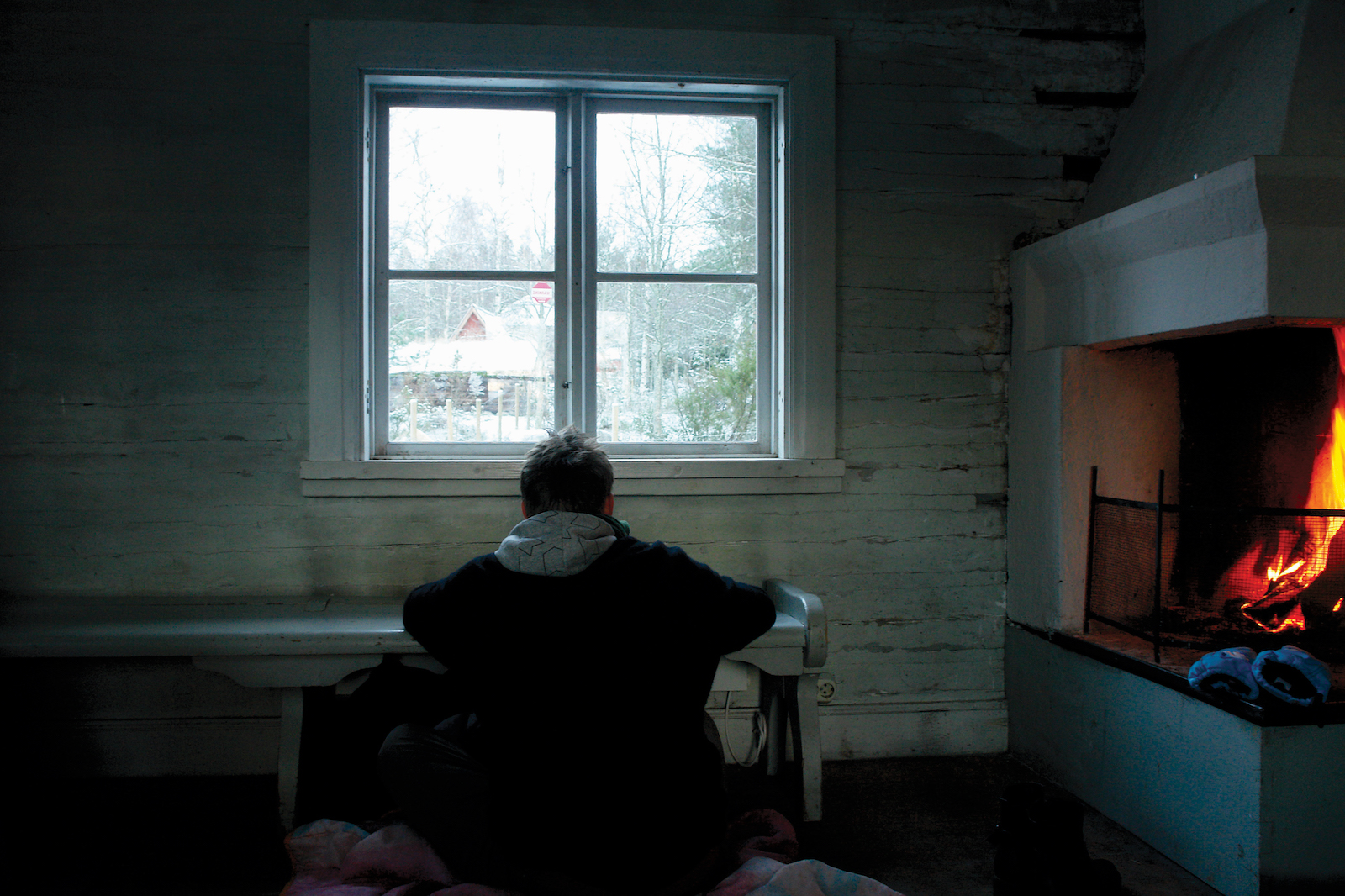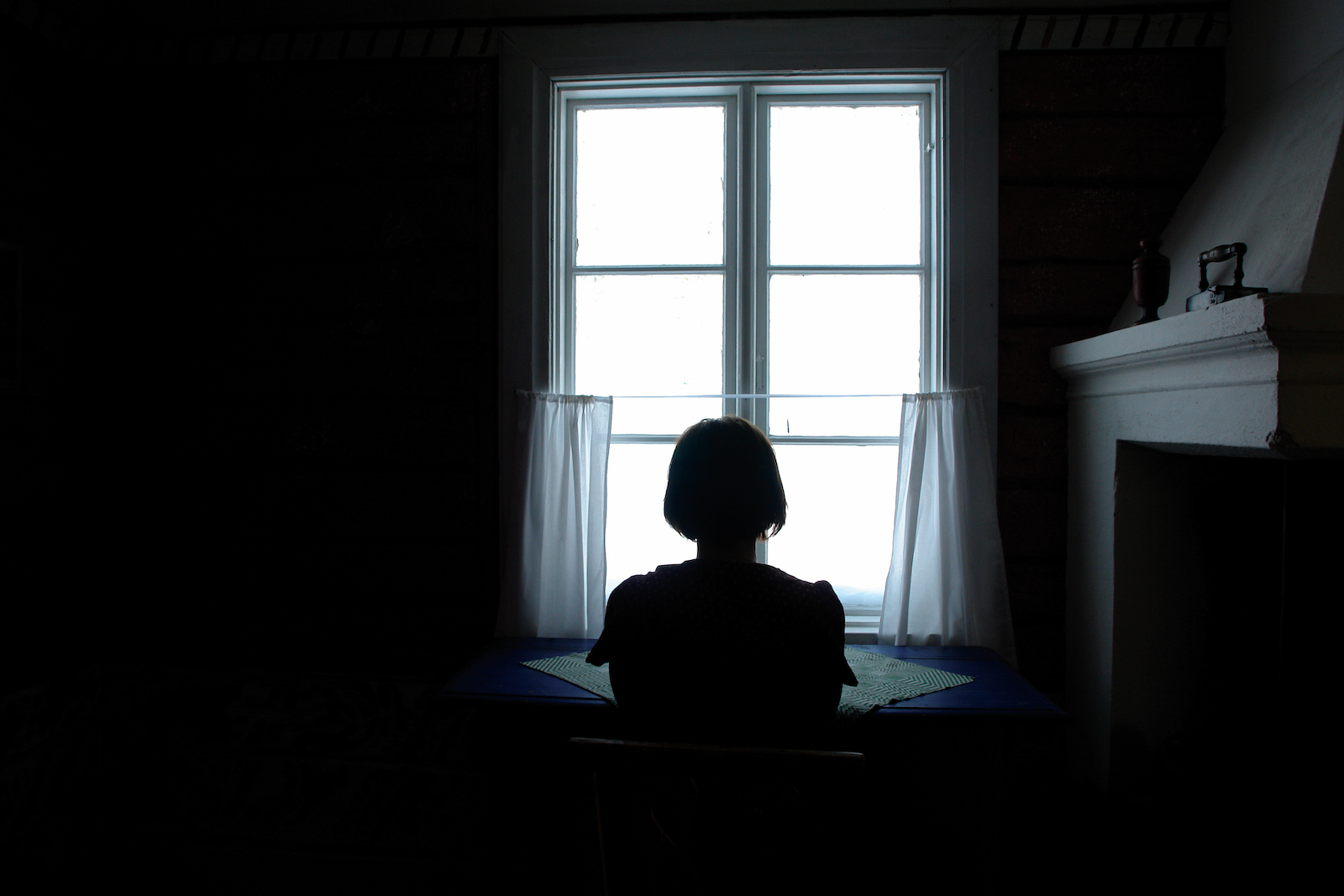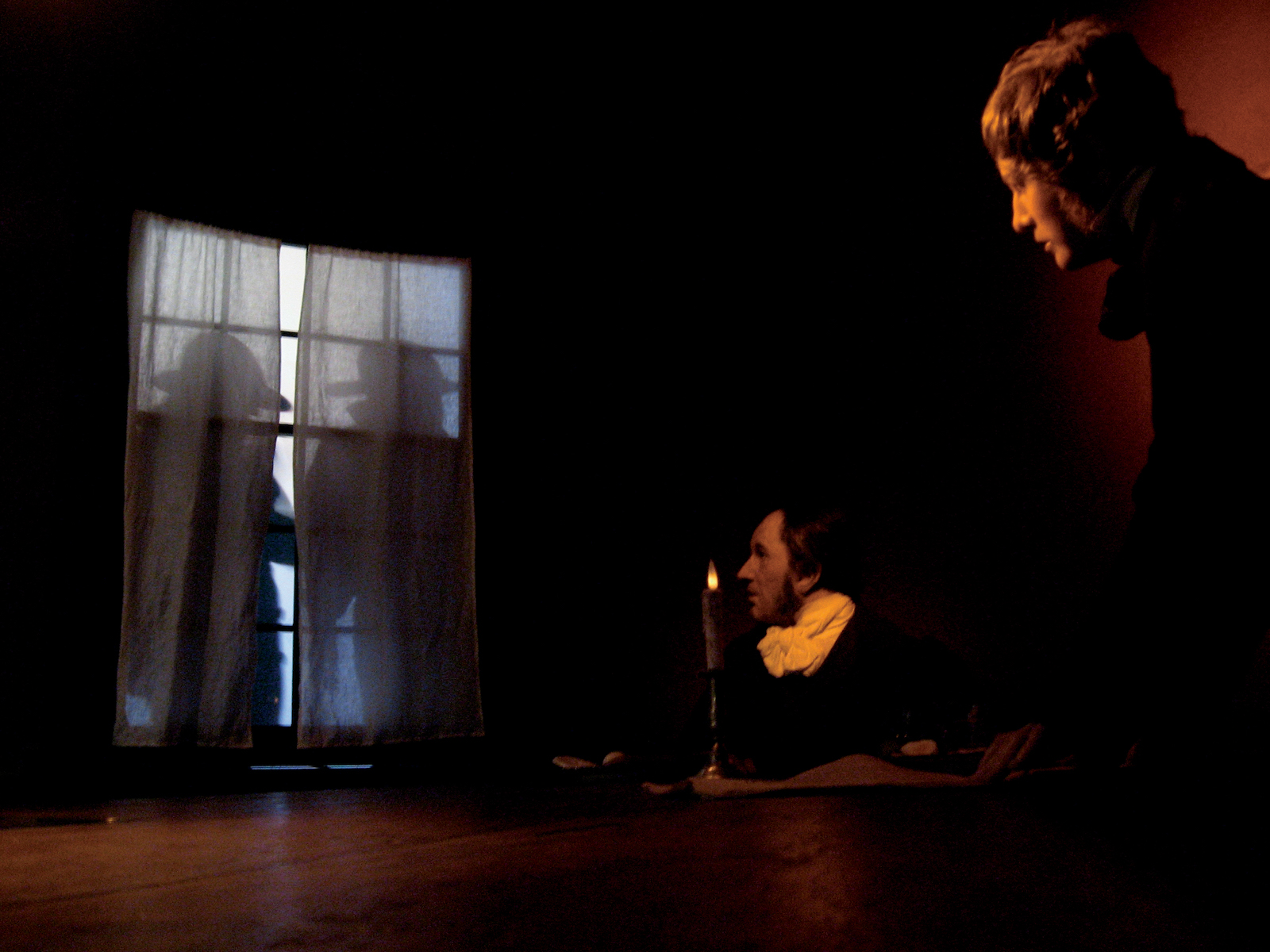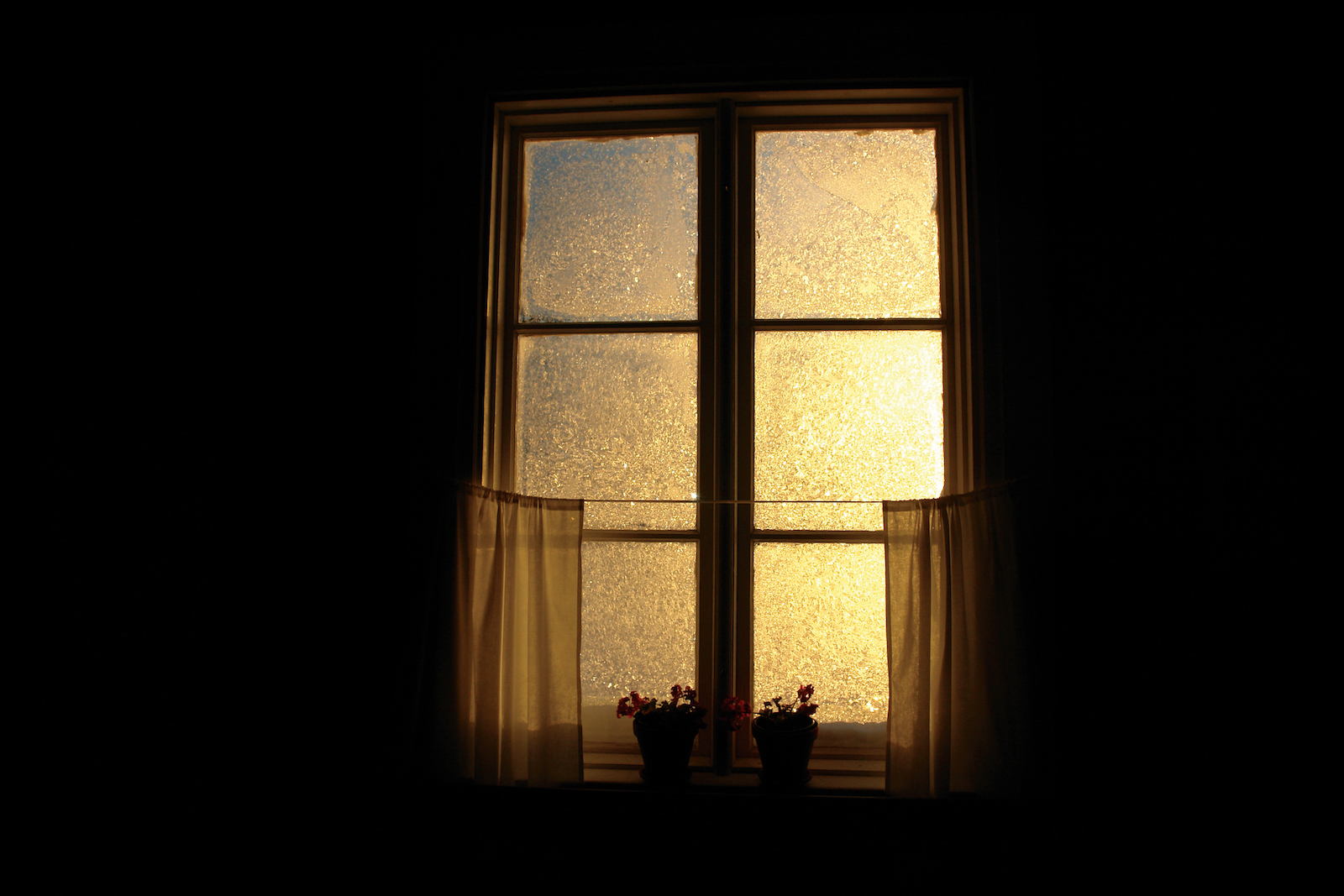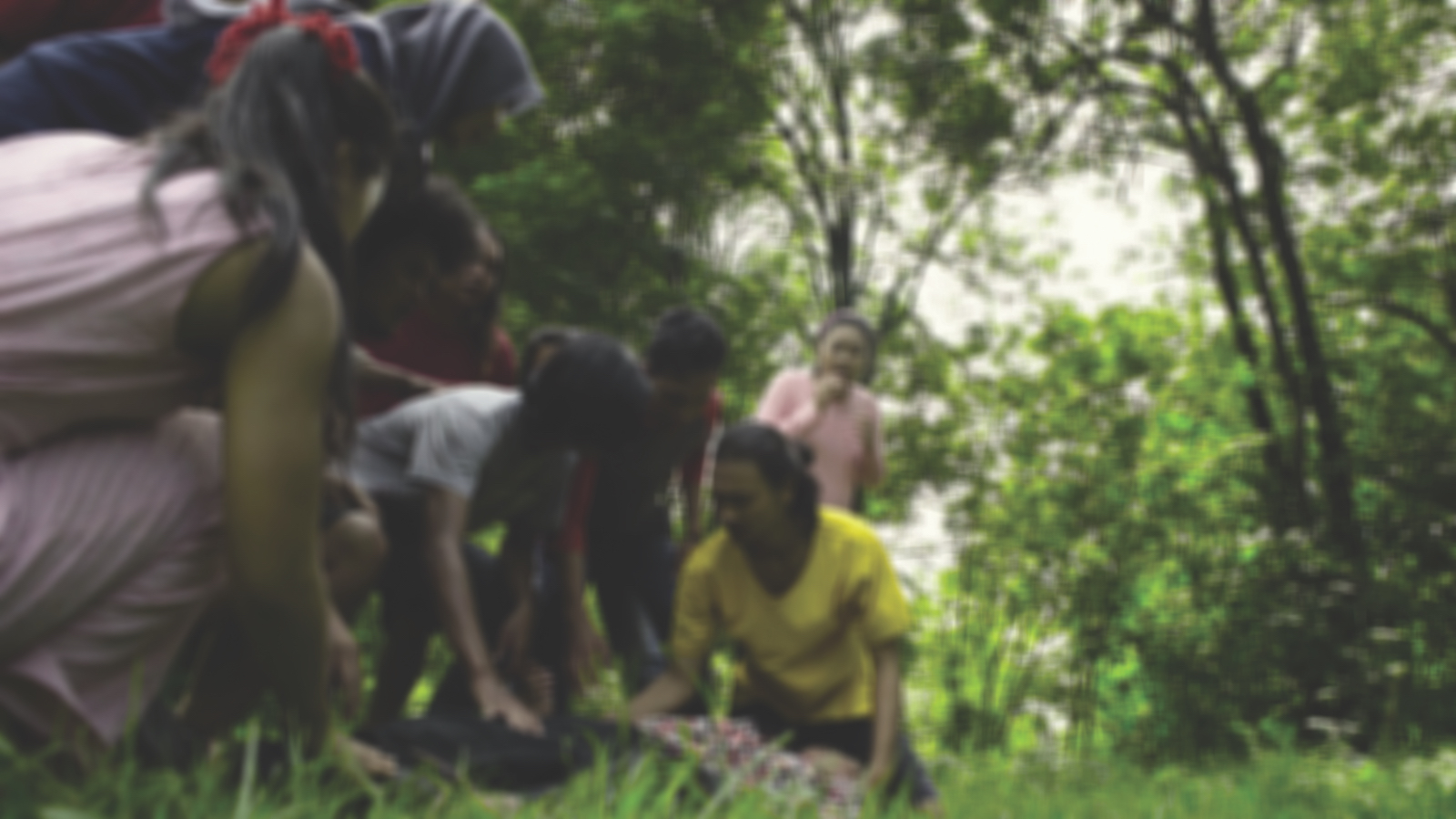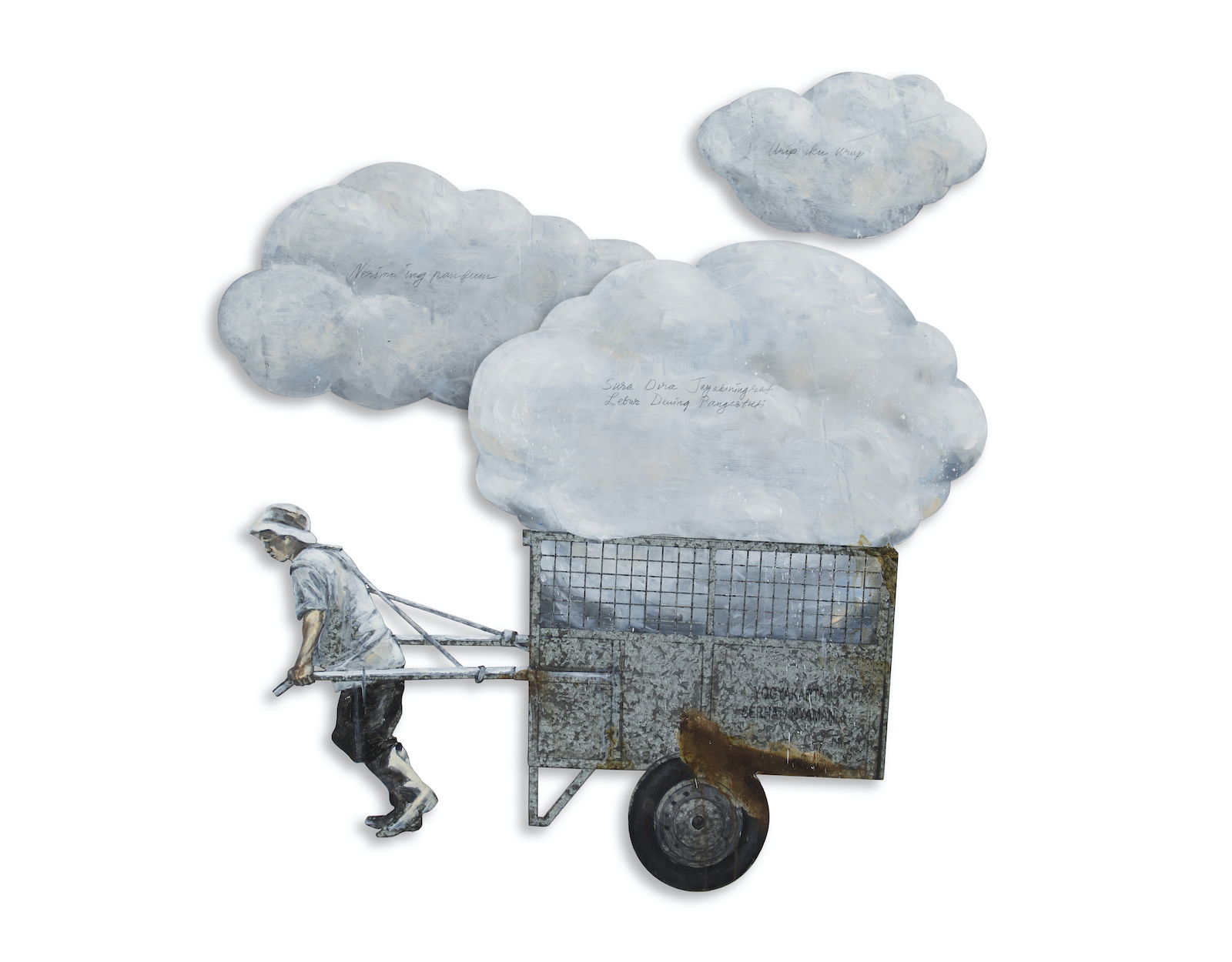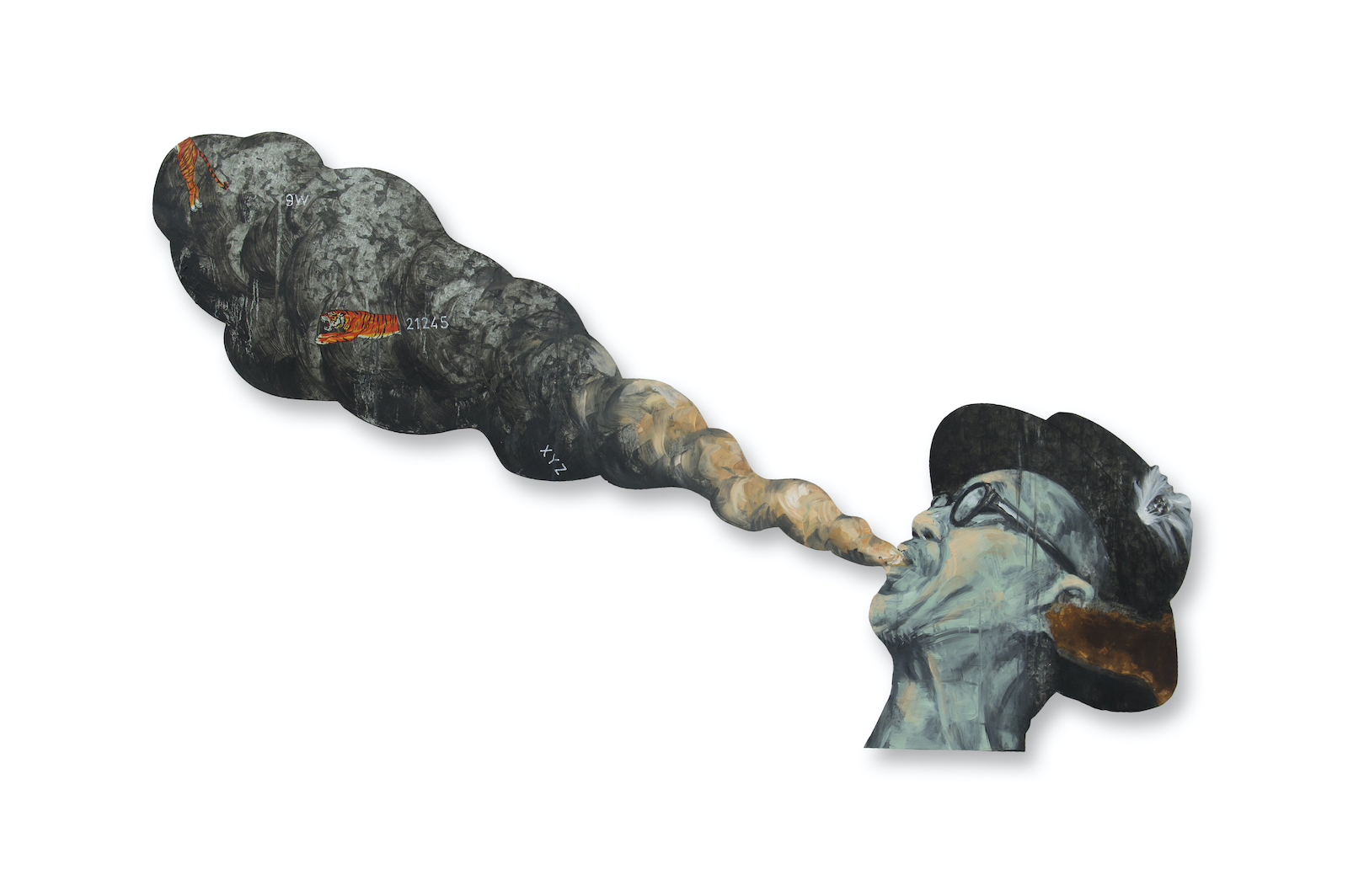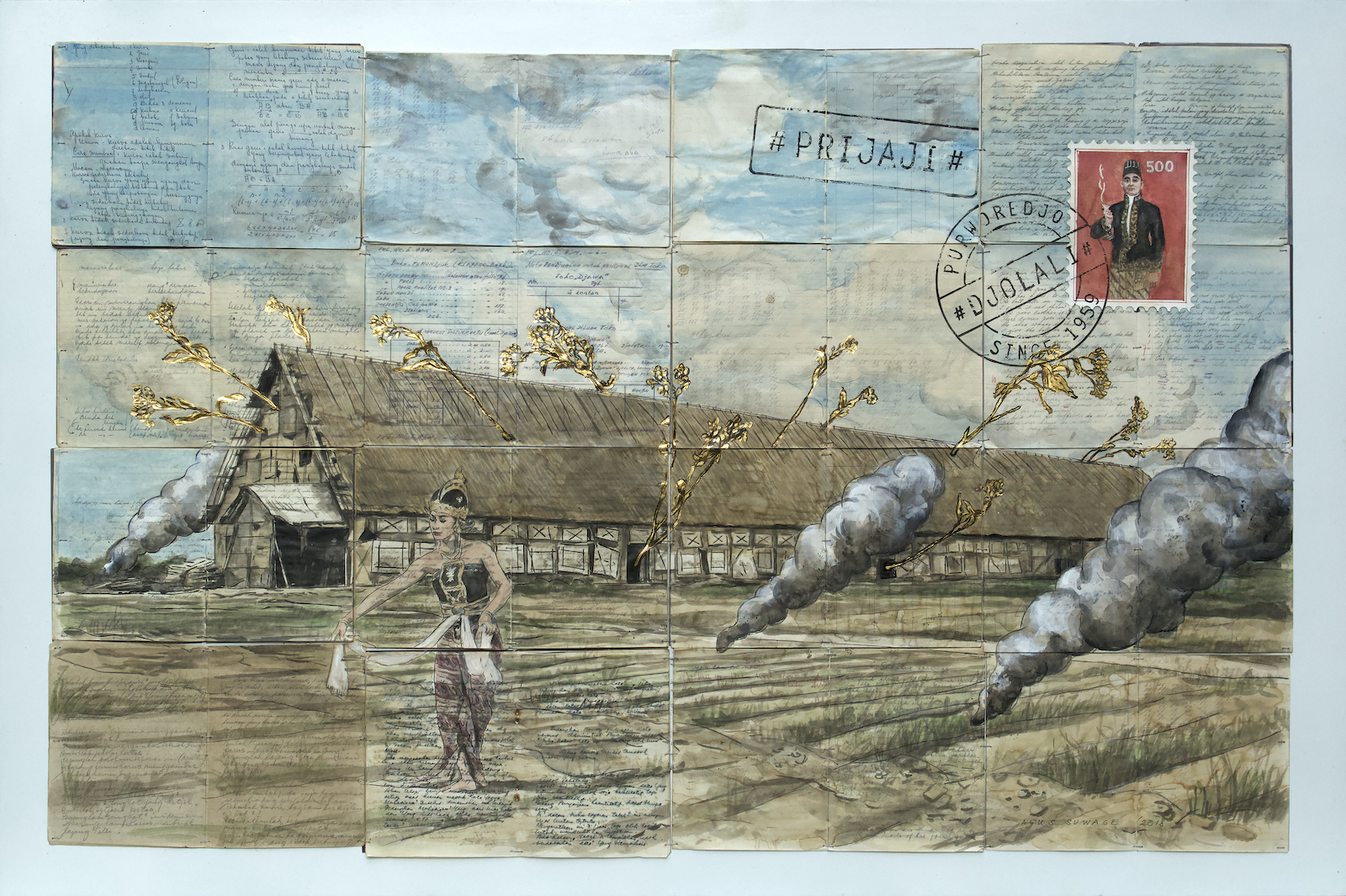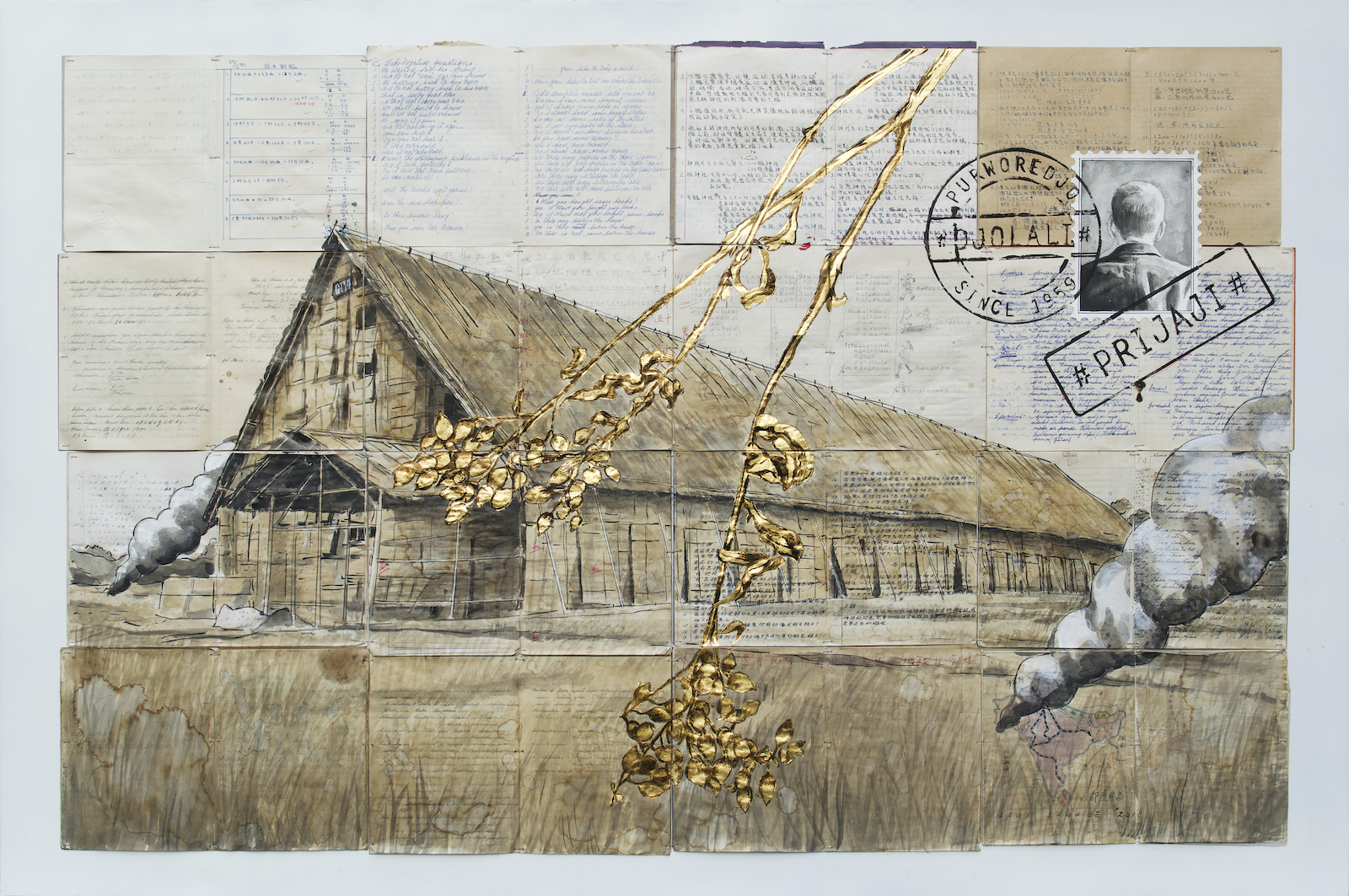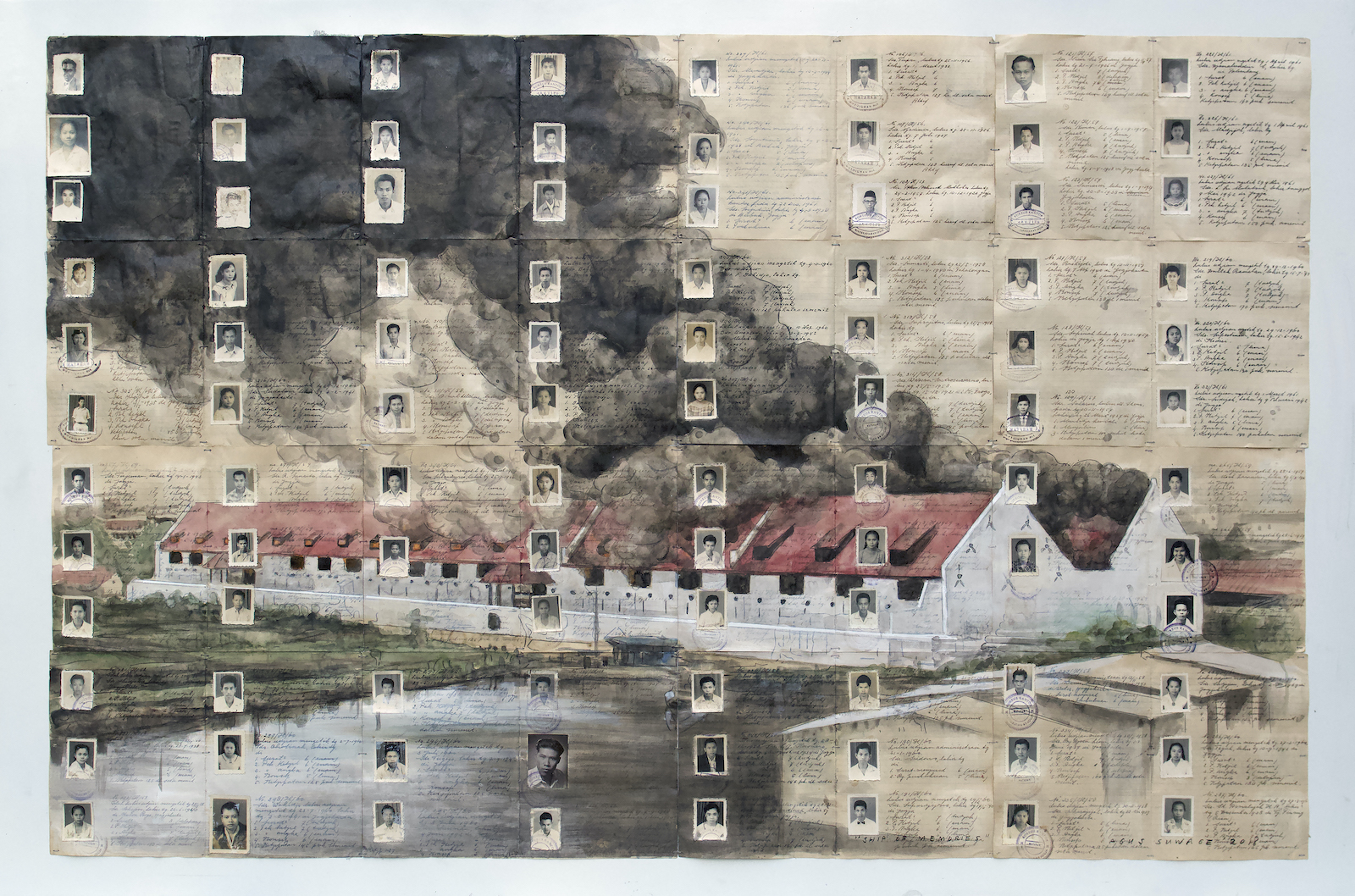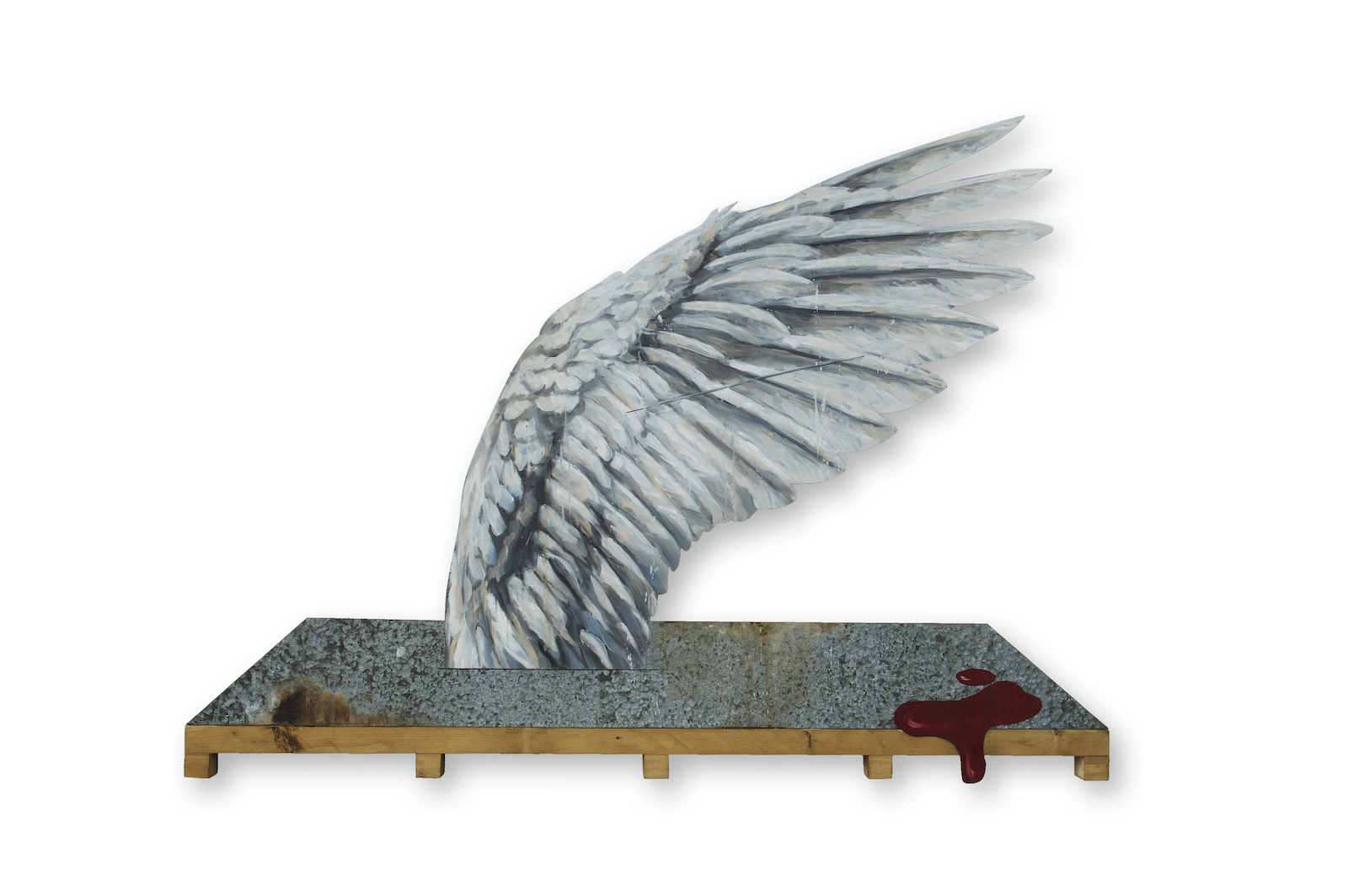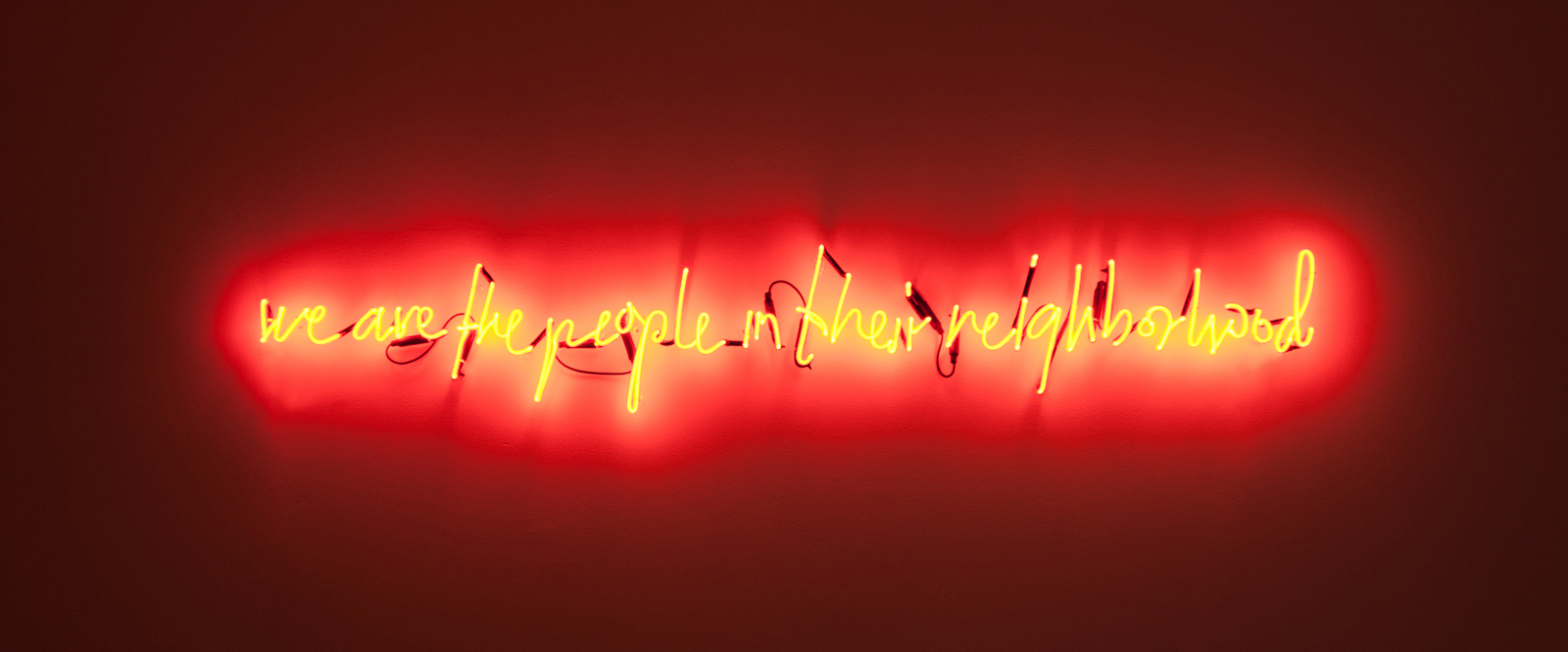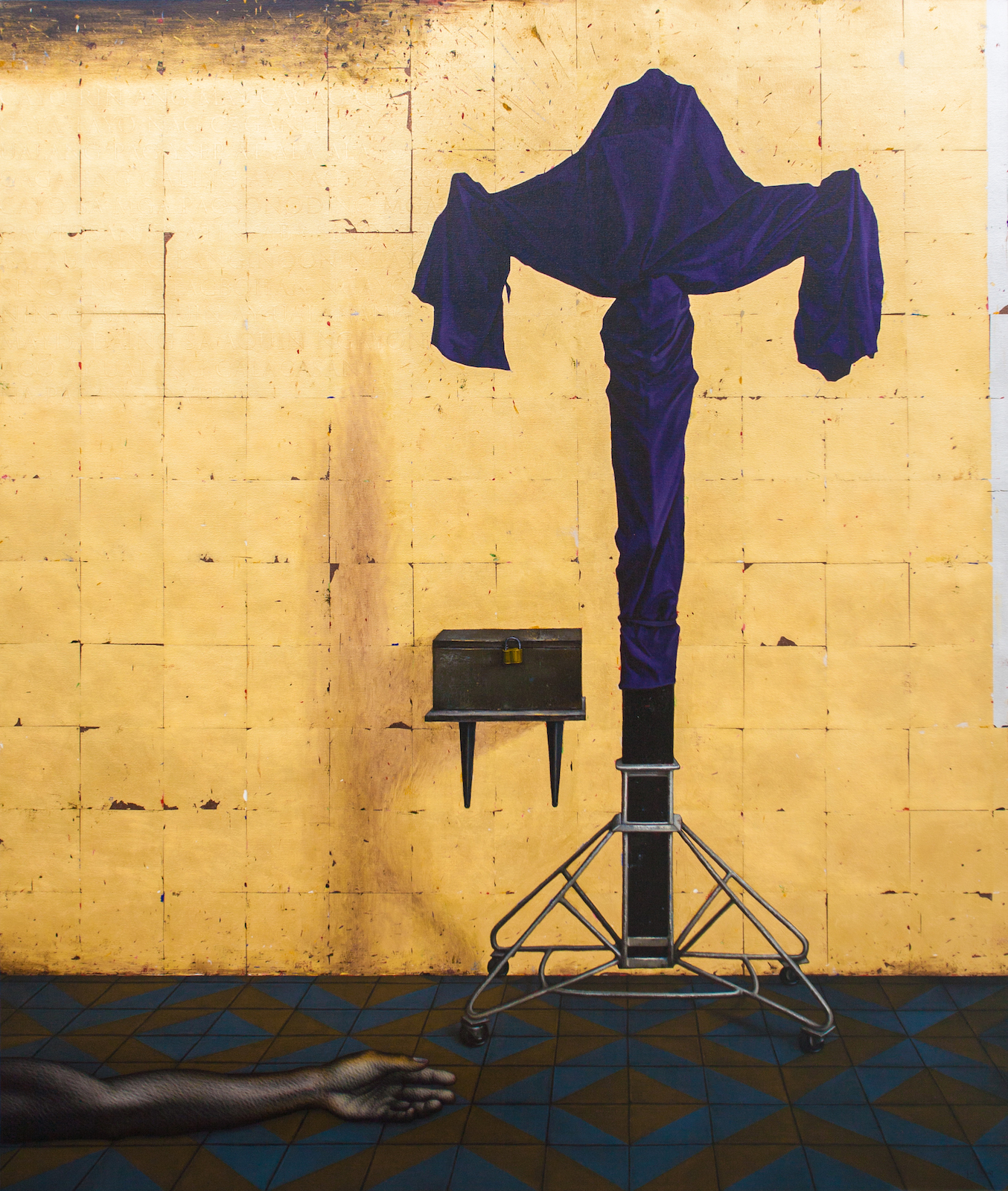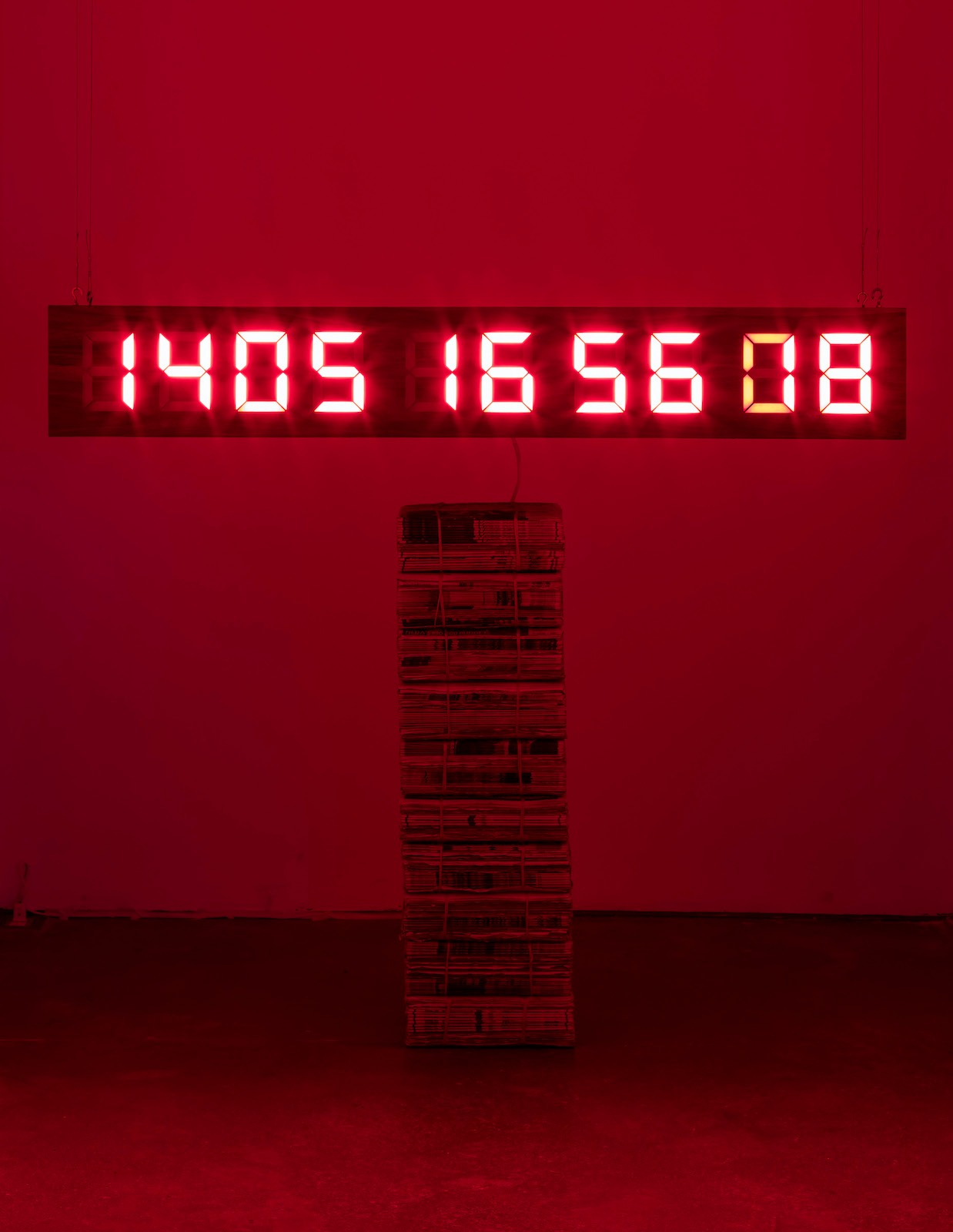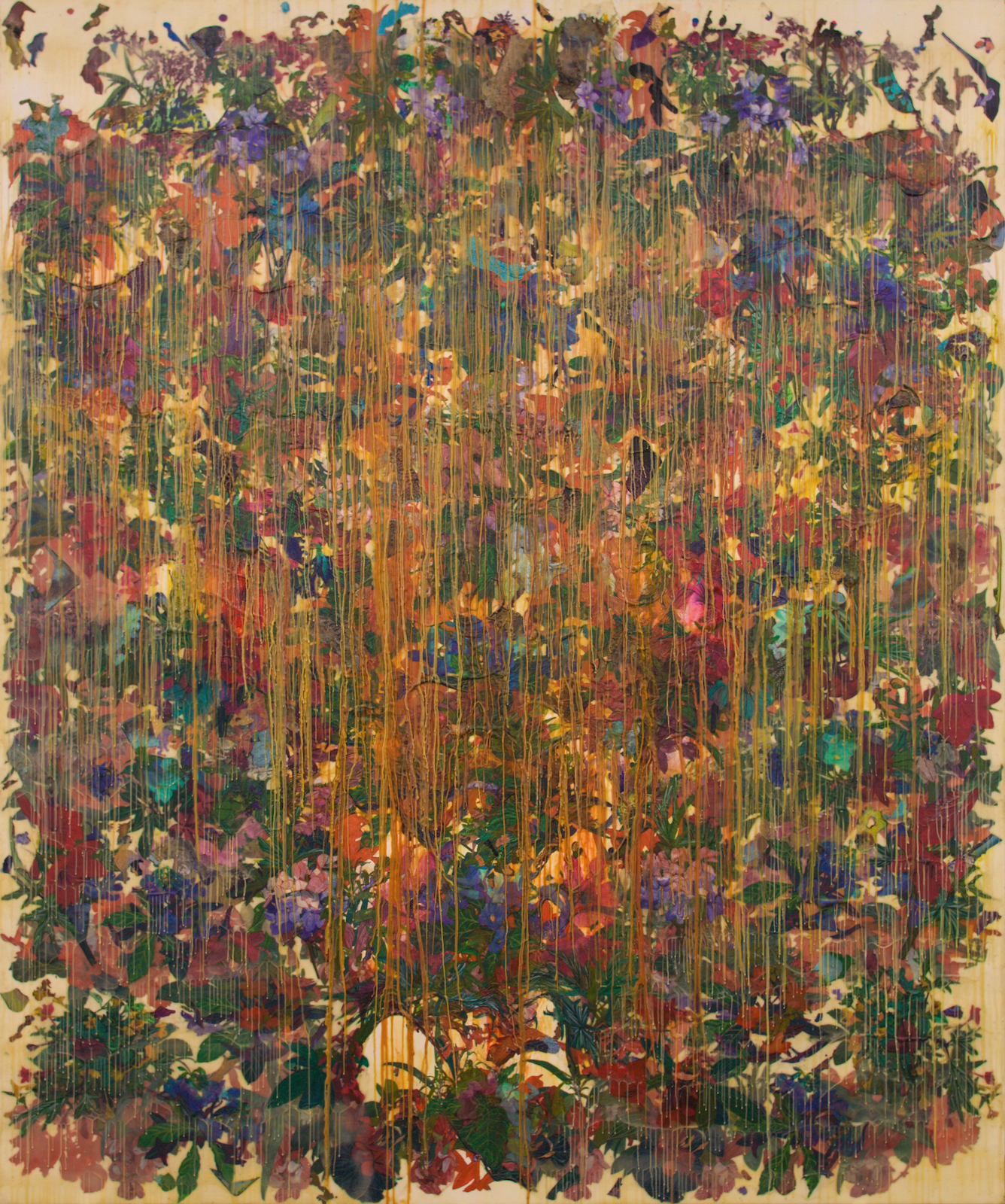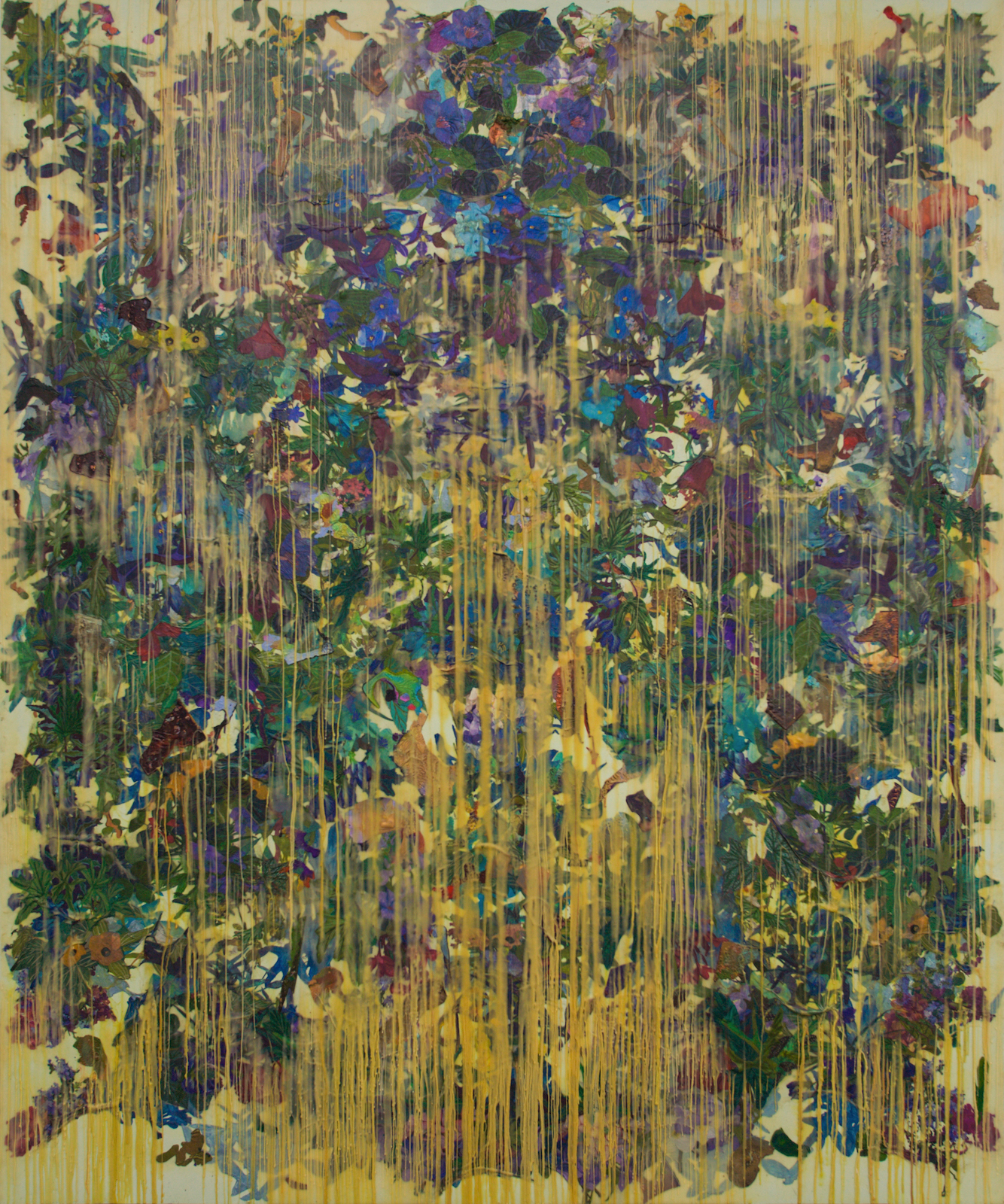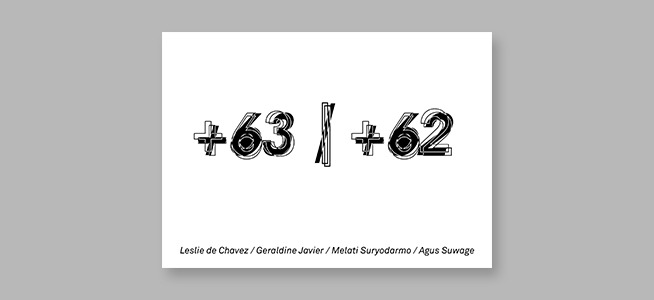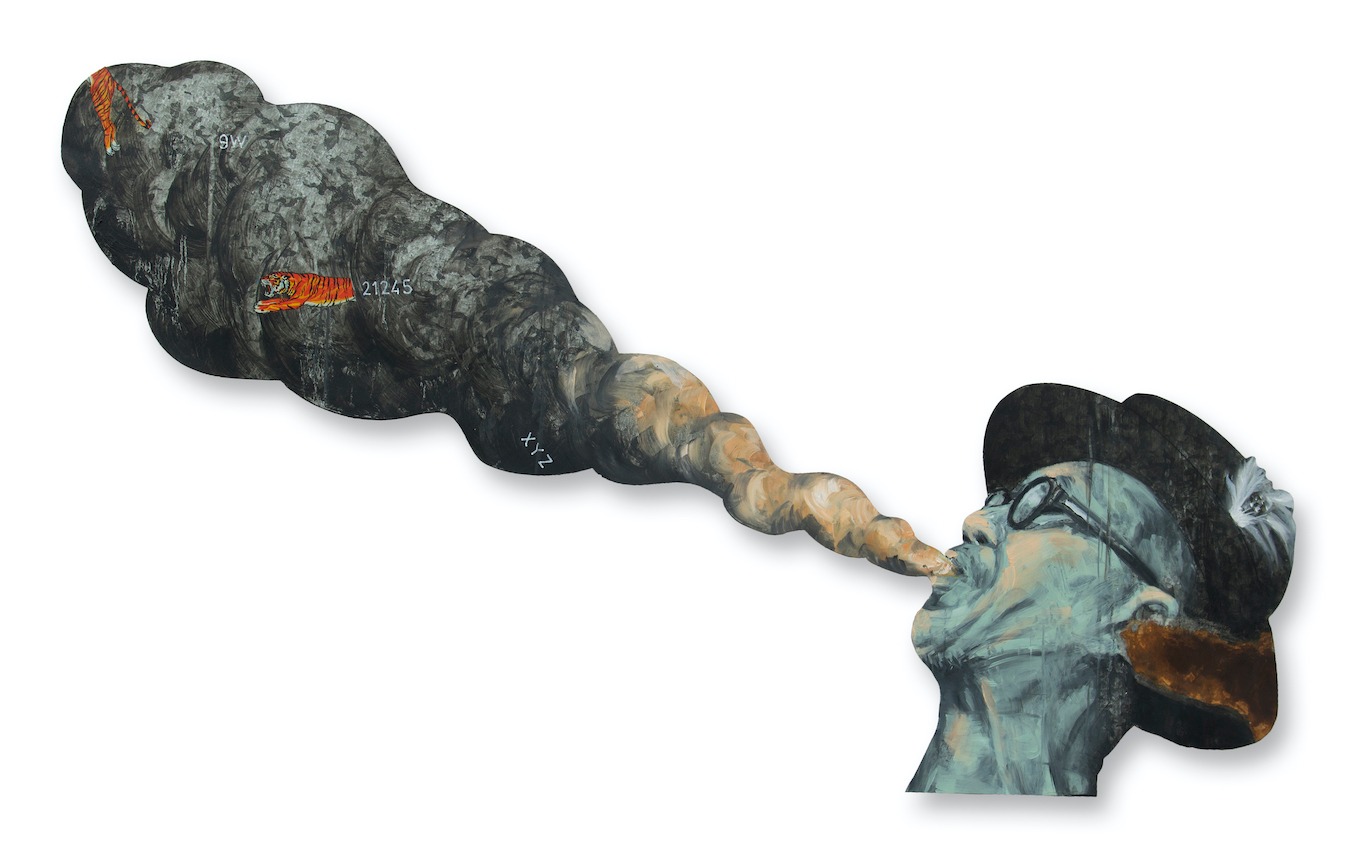
+63 | +62
Leslie de Chavez, Geraldine Javier, Melati Suryodarmo
Silverlens, Manila
About
Southeast Asia is a geo-political carving of a large part of the earth between the Indian and Pacific Oceans. The Philippines and Indonesia occupy the most land and sea in this region, together accounting for over 25,000 islands. Separated by the Celebes Sea, we are north-south adjacent neighbors. The downside similarities of our countries lie in political instability, widespread corruption, and uncontrolled populations; the upside is what we are celebrating with this show: the shared vibrancy of art as community and practice. It is no secret that the Philippines and Indonesia are the backbone of art in southeast Asia.
The show is an attempt is to begin a conversation through art over the metaphorical wall that divides our countries—a bridge show over that glass divide between our two large, chaotic nations. Not much is known by the average Filipino or Indonesian about the other. It is only very recently, within the last three years, that straight flights happen between Jakarta and Manila, and still not daily.
To bring together four pillar artists—Geraldine Javier and Leslie de Chavez from the Philippines, and Agus Suwage and Melati Suryodarmo from Indonesia—took several years to organize, between schedules and commitments; and almost did not happen when the chosen curator decided to ghost the show. But being the professionals that they are, the artists continued to make work and self-organize.
Taking these artists as separate islands with their established practices and communities around them; or as four separate mountains who have set their own trails and fashioned their own summits—we are very pleased to present them together for the first time in a show anywhere, and more specially, in a show in the Philippines.
All four artists have deliberately moved out of big cities, establishing studios off-center. Less distraction, clearer focus, and stronger commitments allowed them to build and nurture their own communities. Leslie has established his Project Space Pilipinas in Lucban, Quezon; Geraldine has her studio in the foothills of Cuenca, Batangas; Melati has her Studio Plesungan, an art space for performance art laboratory in Solo, Indonesia; and Agus moved to Yogyakarta at the turn of the century with his wife, artist Titarubi. Draining the shallows, doing what is essential without wasting time and energy on the unnecessary, was essential for all of them, to get to where they are now.
Words by Isa Lorenzo
Agus Suwage (b.1959, Yogyakarta, Indonesia) is one of Indonesia’s most important contemporary artists. He lives and works currently in Yogyakarta, Indonesia. Trained as a graphic designer at the Institute of Technology in Bandung, and obsessed with rock and roll, his studio is a playground of books and musical instruments and art in various stages of completion. He is well known for his self-portraiture, quick to say is about self-criticality before anything else. His provocative drawings, paintings, assemblages, and installations, incorporate relationships between humans and animals, and draw on religious imagery and popular culture. Suwage, an ever curious artist, responsive to human impulses. He participated in the Asia Pacific Trienniale, Qagoma Brisbane (1996), the 6th Bienniale of Havana, Cuba (1997), the Singapore Biennale, Singapore (2006), Biennale Jogja IX, Yogykarta, Indonesia (2007), and a retrospective at the Jogja National Museum, Indonesia (2009), which was accompanied by a comprehensive monograph of his work "Still Crazy After All These Years" (2010).
Melati Suryodarmo (b. 1969, Solo, Indonesia) graduated from the Hochschule für Bildende Künste Braunscheweig, Germany. Her practice is informed by Butoh, dance and history, among others. Her work is the result of ongoing research in the movements of the body and its relationship to the self and the world. These are translated into photography, dance choreography, video and live performances. Suryodarmo has presented her work in locations all over the world, including Kiasma, Helsinki, Finland; MMCA, Gwacheon, South Korea; Mori Art Museum, Tokyo, Japan; Para Site, Hong Kong; QAGOMA, Australia; and Singapore Art Museum. Festivals include 5th Guangzhou Triennale (2015); Incheon Women Artists’ Biennale (2009); and Manifesta 7 (2008). Since 2007, Suryodarmo has been organizing PALA and Undisclosed Territory, both annual performance art festivals, in Solo, Indonesia. In 2012, she founded “Studio Plesungan”, a art space for performance artists. In 2017, she served as Artistic Director for the 17th Jakarta Biennale.
Geraldine Javier (b. 1970, Manila, Philippines) is one of the Philippines’ most important and collected contemporary artists. With a Nursing degree from the University of the Philippines that included a top rank in the licensure exams, she took a second university degree in Fine Arts, and pursued an art practice. Since 1995, she has held thirty-one solo exhibitions in the Philippines, Malaysia, South Korea, Singapore, Germany and China. From 1999 to 2003 she was a member of the Surrounded By Water collective. Much of her early work was in collage form, but it was with paintings that she established her reputation as an inventive artist. These were characterized by either melancholy or wit: death and childhood were frequent subject matters. By 2008, she was making fabric works with the paintings and combining them in installations; exhibitions were a mixture of paintings, installations and objects. Paintings would often have collaged elements, notably preserved beetles and butterflies. In 2013, she moved south from Manila to the countryside in the district of Batangas. Her work increasingly dealt with our relationship with nature. Current projects often involve the participation of the women in the community where she lives.
Leslie de Chavez (b. 1978, Manila, Philippines, lives and works in Tayabas / Lucban, Quezon, Philippines) is a crucial art activist for the Philippines, whose works are both widely sought by patrons and respected by his peers. He has been widely recognized for his incisive and sensible forays into history, cultural imperialism, religion, and contemporary life. Responding to urgent material conditions through his deconstructions of master texts, icons, and the symbols of his times, de Chavez strikes a balance between iconoclasm and an affirmative outlook to the relevance and accountability of art to one's milieu. Leslie de Chavez has held several solo exhibitions in the Philippines, China, Korea, Singapore, UK, and Switzerland. He has also participated in several notable exhibitions and art festivals, which include the Singapore Biennale, Singapore (2013), Asian Art Biennale, Taiwan (2011), Nanjing Trienniale, China (2008), First Pocheon Asia Biennale, South Korea (2007). A two-time awardee (2010/2014) of the Ateneo Art Awards for Visual Art, Leslie de Chavez is also the director/founder of the artist-run initiative Project Space Pilipinas, in Lucban, Quezon.
It’s You, it’s not We
Although he has used neon before and is has used language quite often in his work this is the first time he has presented a neon work solely consisting of words. He wanted it to seem personal so it is an exact copy of what he wrote in his notebook.
We are the people in their neighborhood. The sentence sounds wrong: surely it should say “our” not “their”? The people normally stands for a nation; the neighborhood is where a relatively small community lives – small enough that one person can now most of the inhabitants names How you interpret or resolve this discontinuity has to be up to you.
I can only see it from my perspective: who are my people? I am British; I am English. Two different groupings. The word “people” has become tainted by the phrases “will of the people” and “enemy of the people” endlessly used by the Brexit supporting press after a referendum that got a 51%/49 % majority. Firstly, 51% is not “the people” it is 51% of the people. Secondly, the referendum was characterized by blatant lies, illegal campaigning and Russian interference. Thirdly, all opinion polls now say 54% of the population want to stay in the EU. The “will of the people” and “enemy of the people” were, of course, phrases much used by Adolph Hitler and Josef Stalin.
But your “people”, your “neighbourhood” are different from mine. You have to make your own mind up.
Bawat Patak (Every Drop)
What does Bawat Patak (Every Drop) mean? What is being counted down? It is best understood by looking at the conditions of sale: The clock will stop on June 30th 2022 at noon when the reign or presidency of Duterte comes to an end. The clock may not be restarted unless, for some reason, his term of office is extended. If he should die for any reason before the clock has reached zero the clock should be frozen at that moment. It is to be displayed in a room or area illuminated by a red
light. Sixty kilograms of Filipino newspapers are to be stacked in front of the clock.
Why, however, the title? And why the red light? Is every second equivalent to a drop? Of what? All we see are numbers, just numbers. Numbers are numbers, de Chavez remarks, but they can represent things or people too: 33 dead for every day of Duterte’s war on drugs.
And why Sixty kilograms? Because that is the typical weight of a Filipino male.
Ism
Why is he using gold leaf on his painting? Trecento artists like Duccio or Simone Martin used it as the backdrop for the annunciation or any other event where the divine reveals itself. Those who have been to the old Byzantine cathedrals in Torcello or Ravenna where Christ and the saints float high above you surrounded by gold mosaic, will know the gold wall represents Heaven or the divine splendour. The poet W.B.Yeats wrote, imagining the gold as purgative flames:
O sages standing in God’s holy fire
As in the gold mosaic of a wall
Come from the holy fire, perne in a gyre
And be the singing masters of my soul.
But here, as in an earlier painting by de Chavez, Faith is an Illusion by Which We Measure Our Fears, 2015, where a woman holding a crucifix, accompanied by a baying dog, faces a wall of gold, the gold wall is blank, deliberately abraded, no longer perfect. Here it is a backdrop for a scene of desolation, a wrapped crucifix, a locked box, an outstretched hand. The composition, though de Chavez does not know it, echoes an installation by Jannis Kounellis, Tragedia Civile (Civil tragedy), in which a hat stand with on it a hat and a coat, stands in front of a wall covered with gold leaf – emblems of the everyday and the divine; a place both of waiting and of the immanent.
Is it faith that is ruthless when our eyes are closed, or is it fate that is so ruthless? De Chavez initially had in mind a title that played with the words faith/fate. He made this work around the time of the bombing of the church in Jolo, Sulu – purportedly a suicide bombing. What, he was wondering, drives us to do such things: is it fate or faith? The image is derived from a photograph he took in a church on the foothills of Banawe. It was Easter Thursday five years ago and he was doing a seven churches tour. The wrapped crucifix with its eminently practical base reminded him of Marcel Duchamp’s readymade Bottlerack (Bottle Dryer) 1914.
Does the painting work by irony or uncertainty? Is this Christ about to be crucified again or has someone fallen in front of him when, masked by the Holy Week cloth, he can neither see nor hear? The text in the painting is from a letter by Apolinario de la Cruz (also known as Hermano Pule). Writing to his followers in the Cofradia de San Jose he suggests that to follow him or any ideal blindly, without being pragmatic, can only lead to disaster. ‘Hermano Pule,’ de Chavez writes, ‘the leader of the religious confraternity “Cofradia de San Jose” was able to attract and mobilize supporters because he preached a convincing “message of redemption” to the Tagalog peasantry. It was in 1841 when the Spanish government forces battled for ten days against the group of Hermano Pule who were encamped on the slopes of Mt. San Cristobal, in the Tagalog province of Tayabas (now known as Quezon).’ De Chavez himself was brought up in Lucban and now lives in Tayabas. A charismatic preacher and leader, Pule remains a local hero.
Tragedia Civile (Civil tragedy) 1975. I saw it at the Diozesan Museum, Köln. In the recent Phaidon monograph (p. 84) it is ullstrated when installed in the Modern art Agenct, Naples.
Words by Tony Godfrey
In the last few years, since her solo exhibition at Finale Art File in 2015 Geraldine Javier has evolved two new ways of painting. Both relate to her move to the countryside in Batangas in 2014 and the fulfillment of her long-held desire to have her own garden.
In paintings shown in West Gallery and then in Shanghai in early 2018 she copied, using fluid acrylics, illustrations of botanical illustrations of plants sometimes with roots attached. She never, it should be noted, copying slavishly. Nor, it should be added, did she get assistants to do any of this painting; even though the early layers would be partially hidden by succeeding layers she wanted to be in full control of the process knowing that early decisions would affect later ones, however small they seemed. Although she was using brush and paint this was primarily a linear, or drawing process.
Then she painted another layer of plants over the first; and again; and again, until a very rich palimpsest of lines and shapes was created. She would also often let the paint drip down the canvas, or make abstract blobs. In the earliest of these plant paintings there were figures but either they were eventually almost concealed by the manifold tendrils and leaves, or else wholly absorbed. Two of the paintings she made for exhibition in Shanghai were very large: 243 x 243cm (8 x 8 feet). Although the making process was primarily linear it should be noted that the colour of these paintings was very rich, complex and compelling.
On being asked to make a painting by Arario gallery to show at Art Hong Kong 2018 soon after this exhibition she decided to experiment with a second new technique. She has already used encaustic as a finishing layer or glaze to some paintings and in multiple layers on some small works. However, she wanted to make a full-scale work that used encaustic not merely as a final surface, but as something that could be applied in layers between sequential layers of painting. This painting acted as the prototype for the two paintings she has now made for Silverlens Gallery. They are much larger – indeed they are the largest paintings she has ever made - 304 x 243cm (10 by 8 feet). They were made as a pair, partly because with this way of working it was important to have a painting she could herself work on whilst her assistants were rubbing photographic images into the other one for her to paint over. Also, one being predominantly red, the other green, they were meant as complementaries. What she learned in doing one could be used in what she did on the other. This was the first time she had worked on two paintings simultaneously. To do so has only been possible since building a large studio in the country. Most certainly, she has said, she will work this way again.
What is the exact process? Firstly, the canvas has a layer of beeswax applied. Secondly, she, or her assistants make flower arrangements which are then photographed digitally. These are then scanned onto paper, placed upside down on the canvas, dampened and then rubbed, normally with blocks of wood, by her assistants until all the paper is rubbed way and only the coloured inks are left impregnated on the wax. This is a very laborious time-consuming process. There is a certain amount of moaning about wrists and the palms of hands being sore. Thirdly, she paints over these flower arrangements, adjusting the colours and textures. To confound things further she may also now be adding chunks of ready-made and dried paint. She would have mixed these in advance in trays, letting them dry, then breaking them up into fragments. Fourthly, a layer of beeswax is applied, sealing all. Then the whole process is repeated, and once again a layer of coloured ink from the scanned photographs is impregnated into the layer of wax and so on until a final layer of encaustic, beeswax mixed with resin, is applied.
How many layers are there in each painting? The green painting (746/2.2) has five layers of paint and six of beeswax or encaustic. The red painting (838/1.5) has six layers of paint and seven of beeswax or encaustic.
The result of all this layering are two very dense and complex painting. Many, many arrangements of flowers, or colours, all singing out. What metaphor could one use for them? The jazz musician John Coltrane talked of creating “a wall of sound”. That seems good: every instrument in the orchestra is playing simultaneously, and loudly.
Importantly, it is only when one goes close up that one can see most of the elements are flowers. But the effect is very different from even those
most extravagant of Dutch flower paintings - by Jan van Huysum, for example. These flowers do not sit in the vase: they are spread out across the canvas like explosions across the sky. Fireworks? Yes, we could use fireworks as a metaphor but when one sends up a rocket it ignites expands, and then fades. Then we send up a couple more. Here it is as if each explosion hangs in the sky, explosion layered over explosion, over explosion, suspended in time.
One of the great projects of the last few decades, especially in New York, has been bringing complexity back into abstract painting - perhaps these paintings belong to that project too, after all it is not difficult to see these paintings as abstract. Yes, the images all come from her garden, but they are not the subject matter.
Obviously as her partner I have seen these paintings develop solely day by day over a long period. Although I knew she planned a final layer of encaustic and had talked of also using a blow torch I was shocked when I saw how drastic this last action had been: the painting had been turned upside down and heated with a blow torch in places so that the wax, and paint, melted and formed streaks down the canvas: then the canvas was put the right way up and the process repeated. After so many hours of work it seemed an extraordinary thing to do!
It was only after I had gone for a walk and come back to look a second time that I could see that what she had done made sense. She had said all along that she knew there was something missing, something that had to be added. To resume our musical metaphor the orchestra was playing flat out, but no-one was conducting it. Instead of a conductor’s baton she was using a blow torch to call them to order. Now there was a clear, albeit still complex, composition to look at.
The curious numeric titles refer to the number of hours she and her assistants had to work to make the work, and the length of time she worked with a blow torch to complete it.
Words by Toney Godfrey
Installation Views
Works
